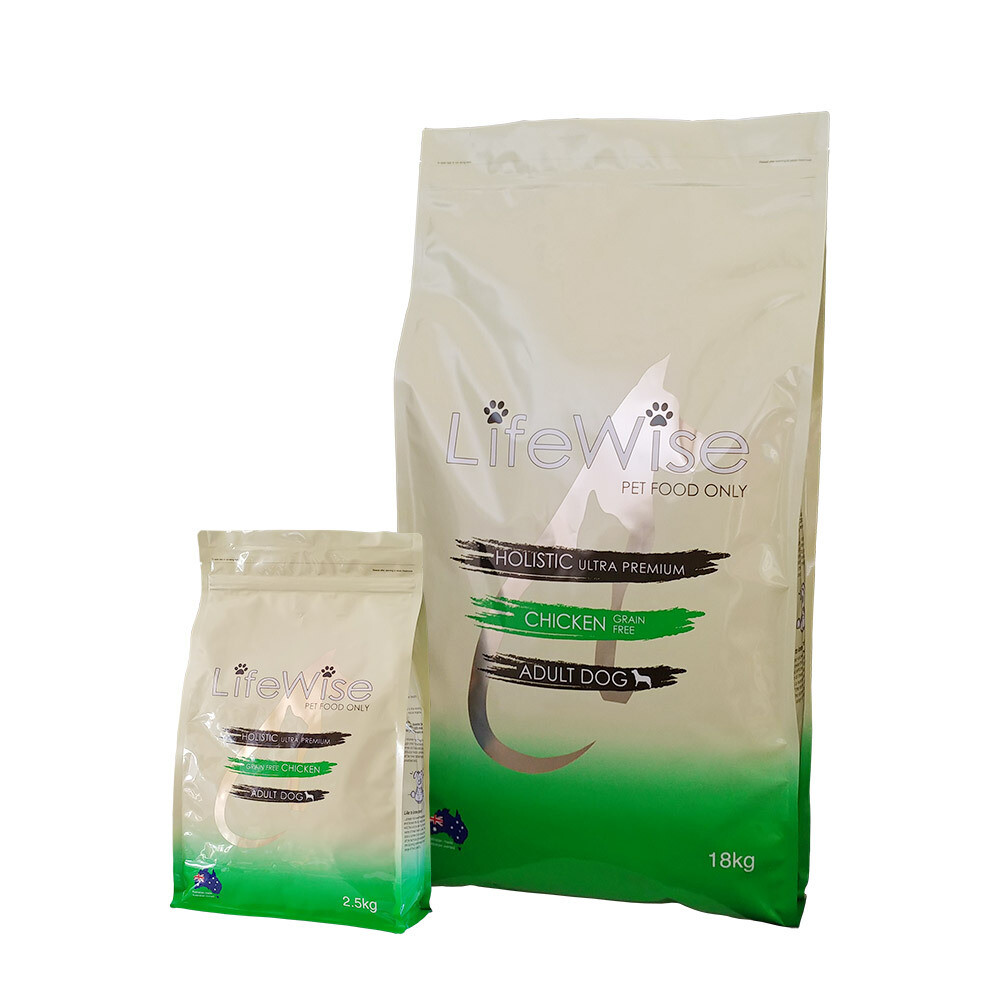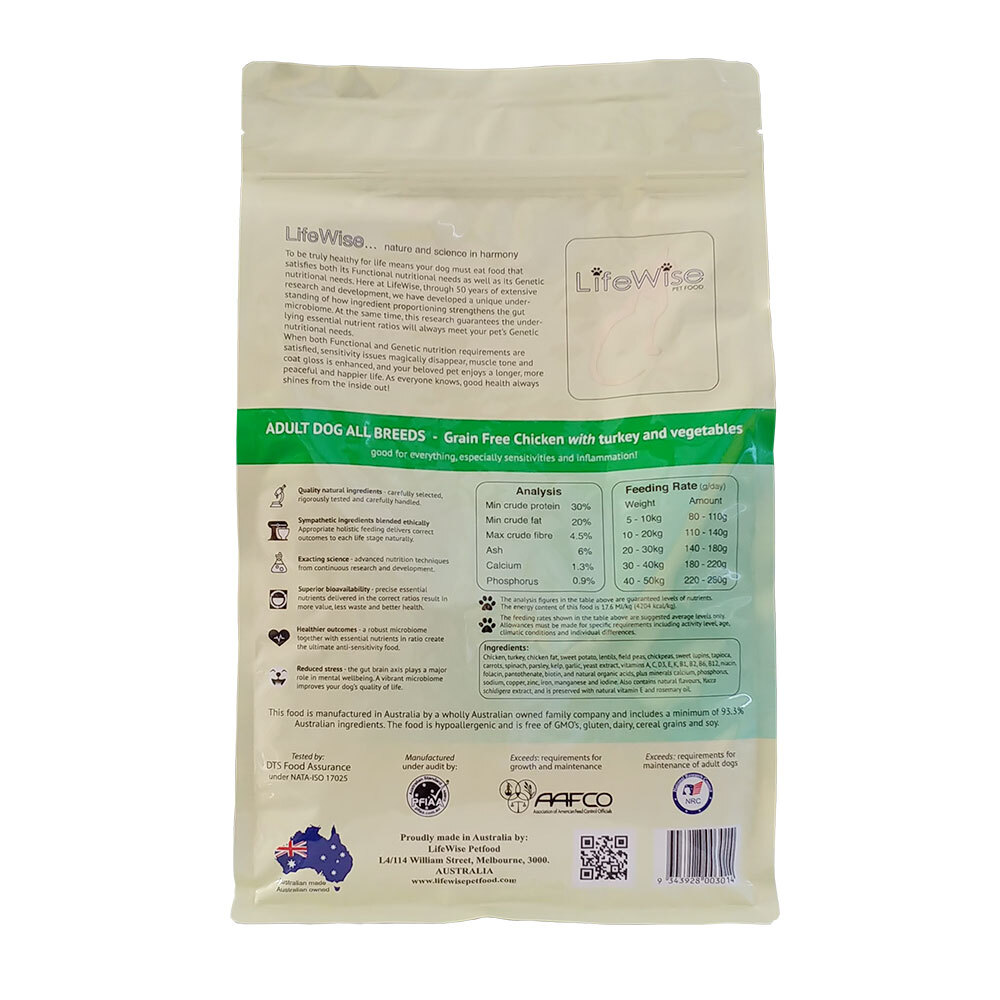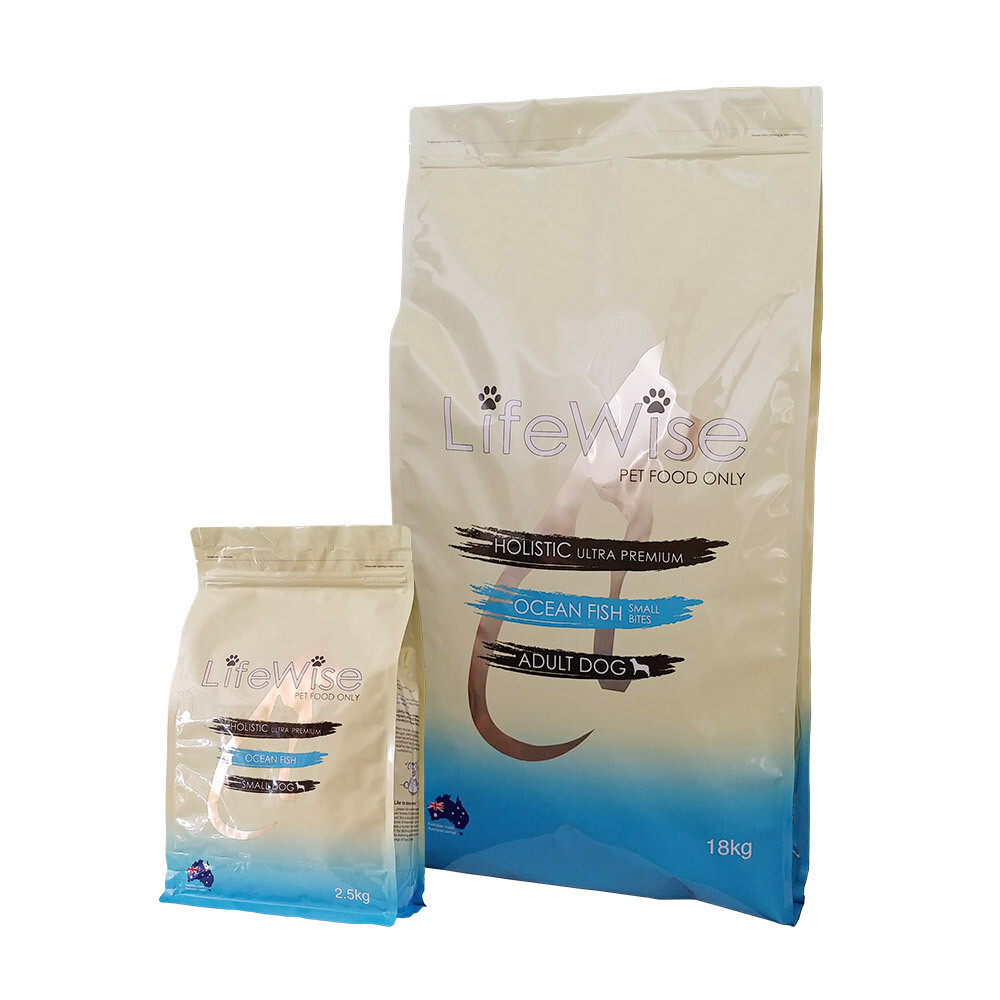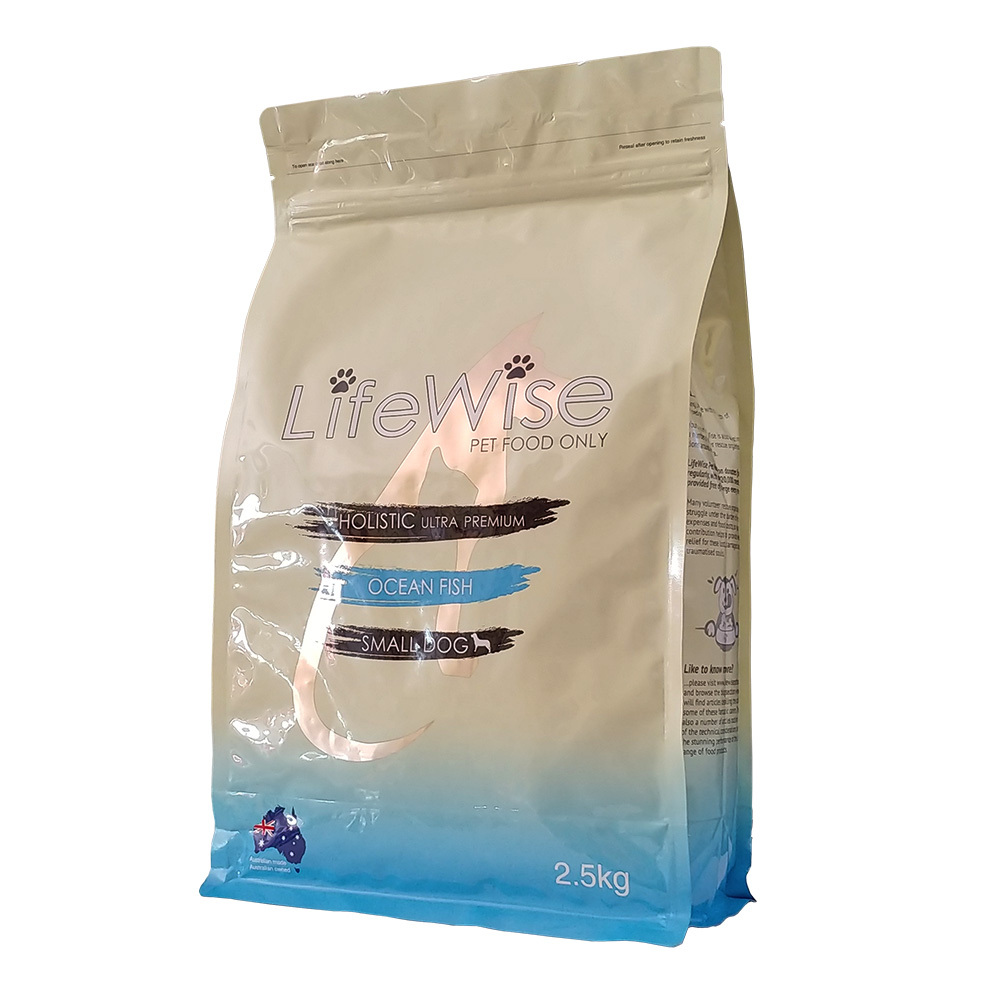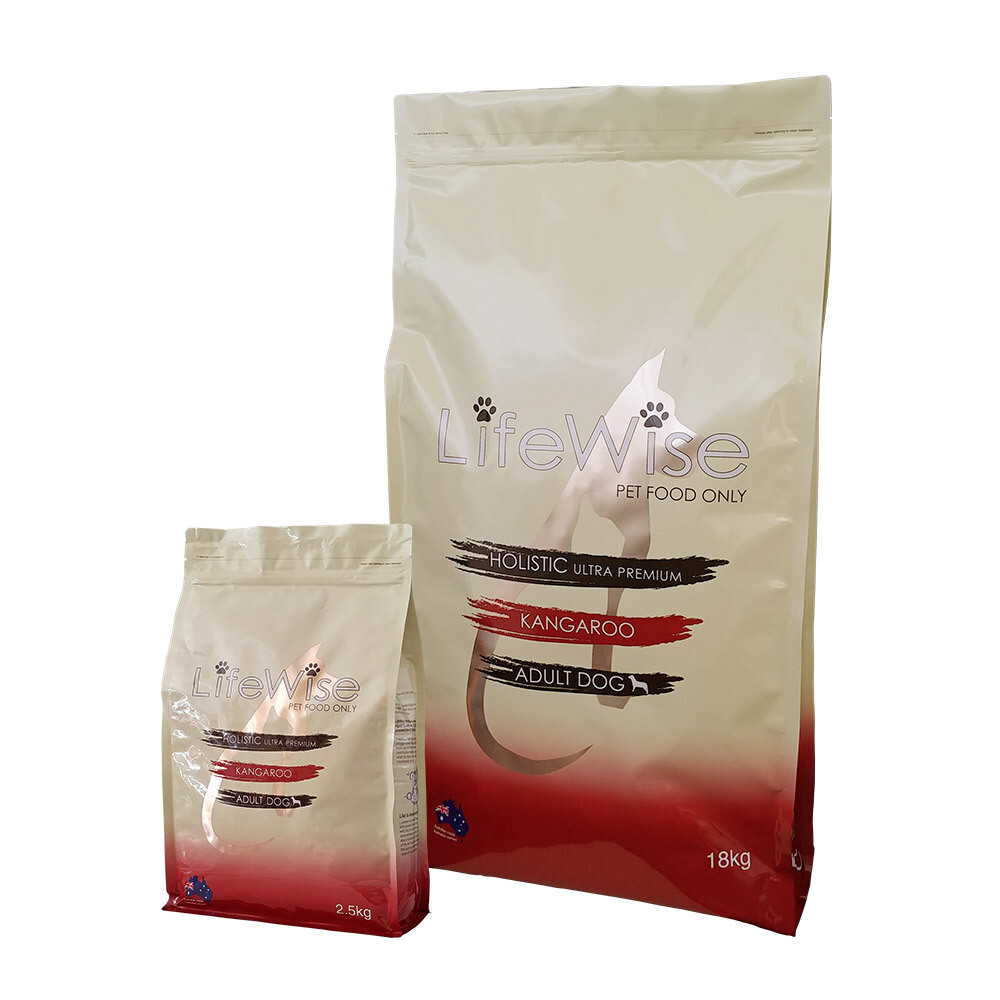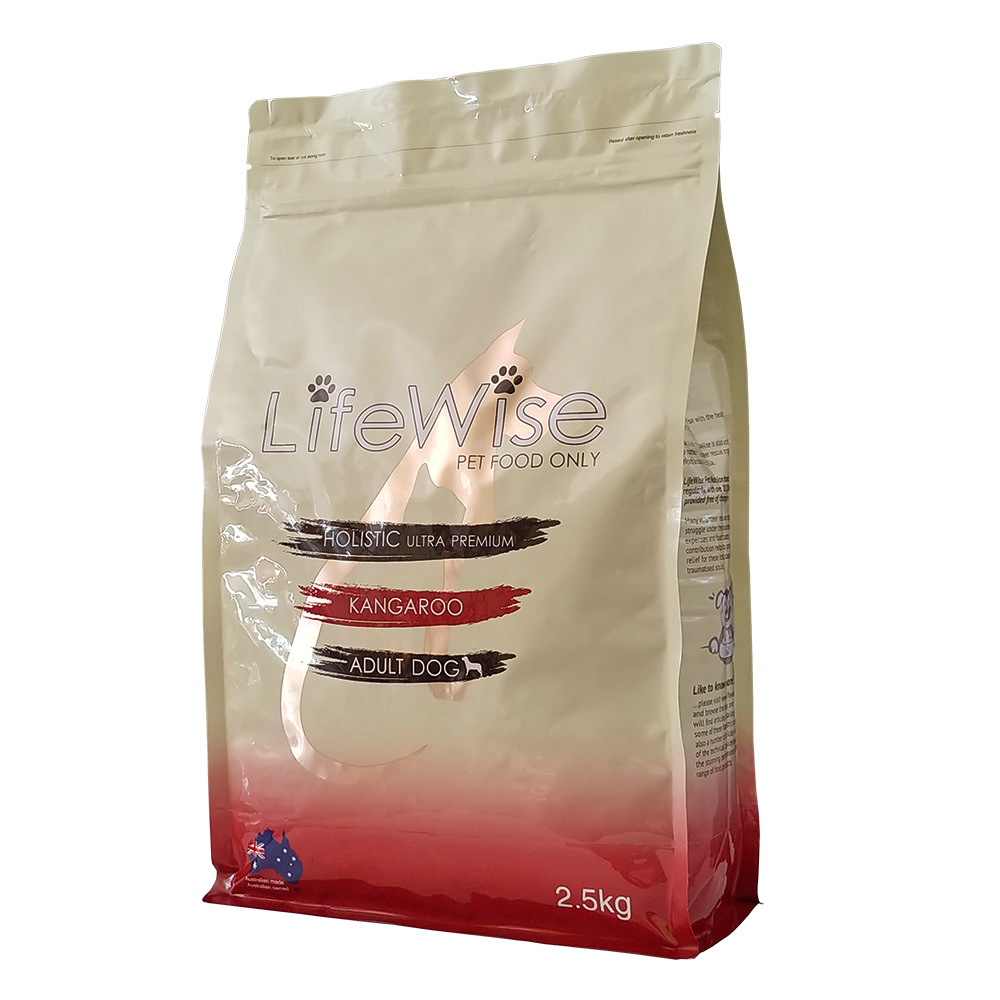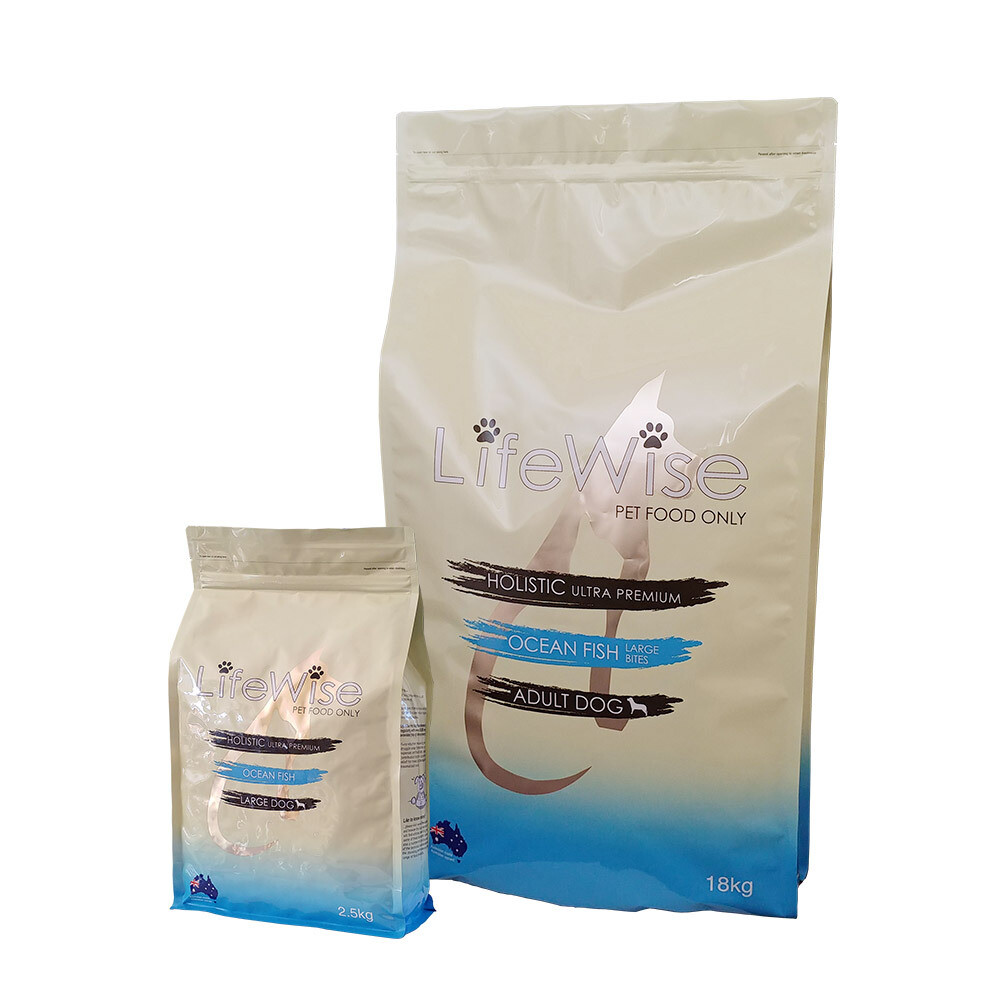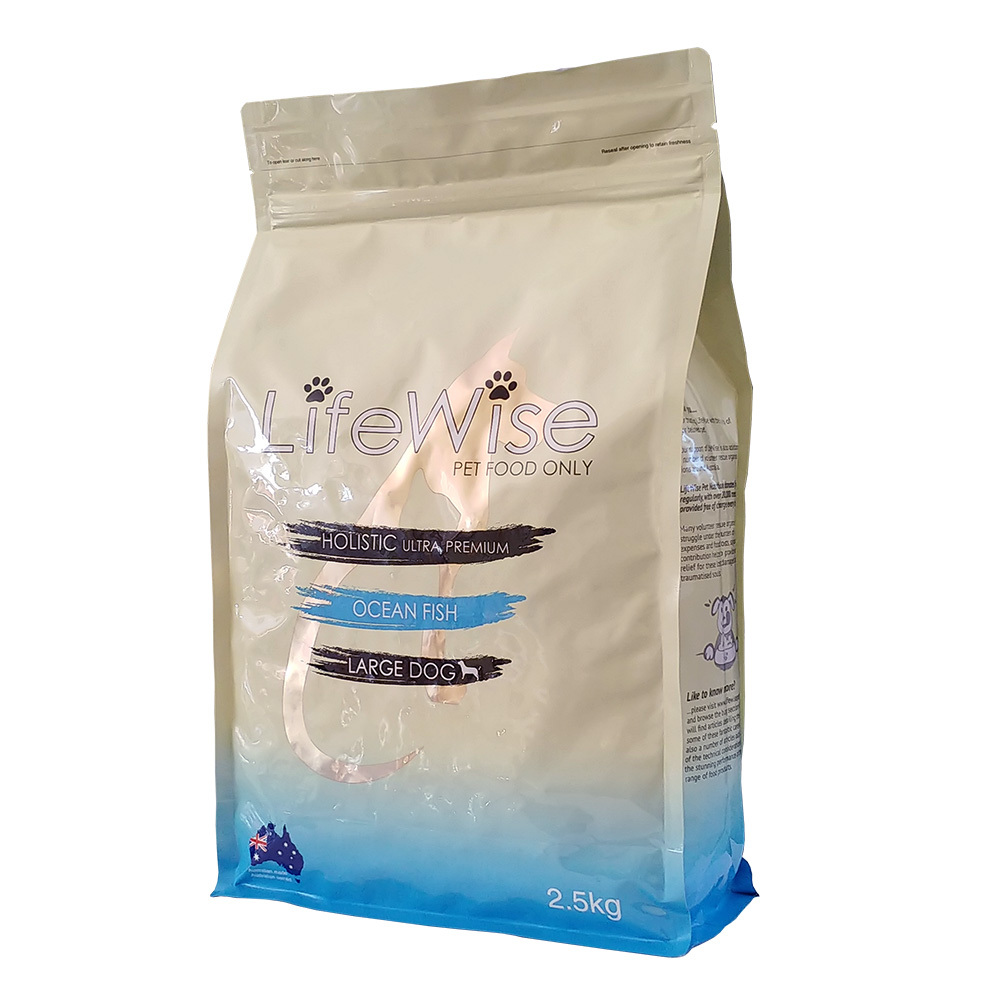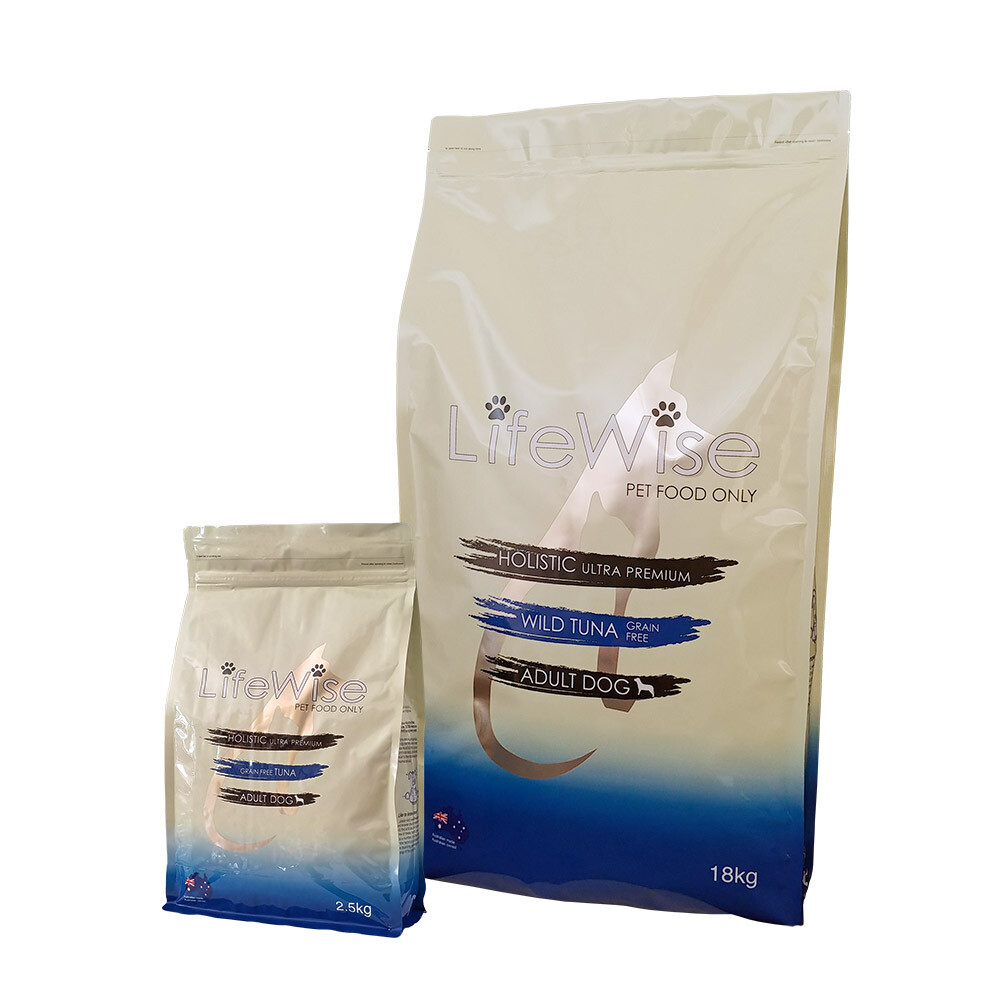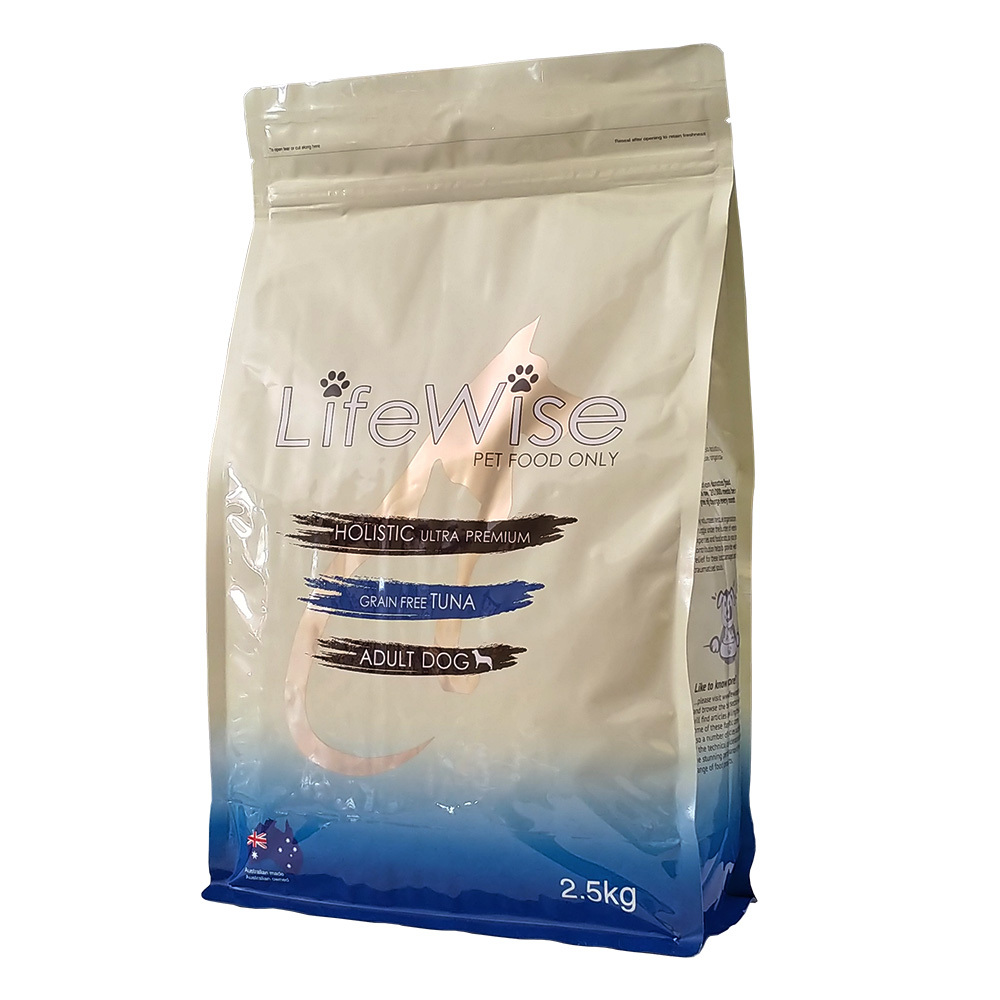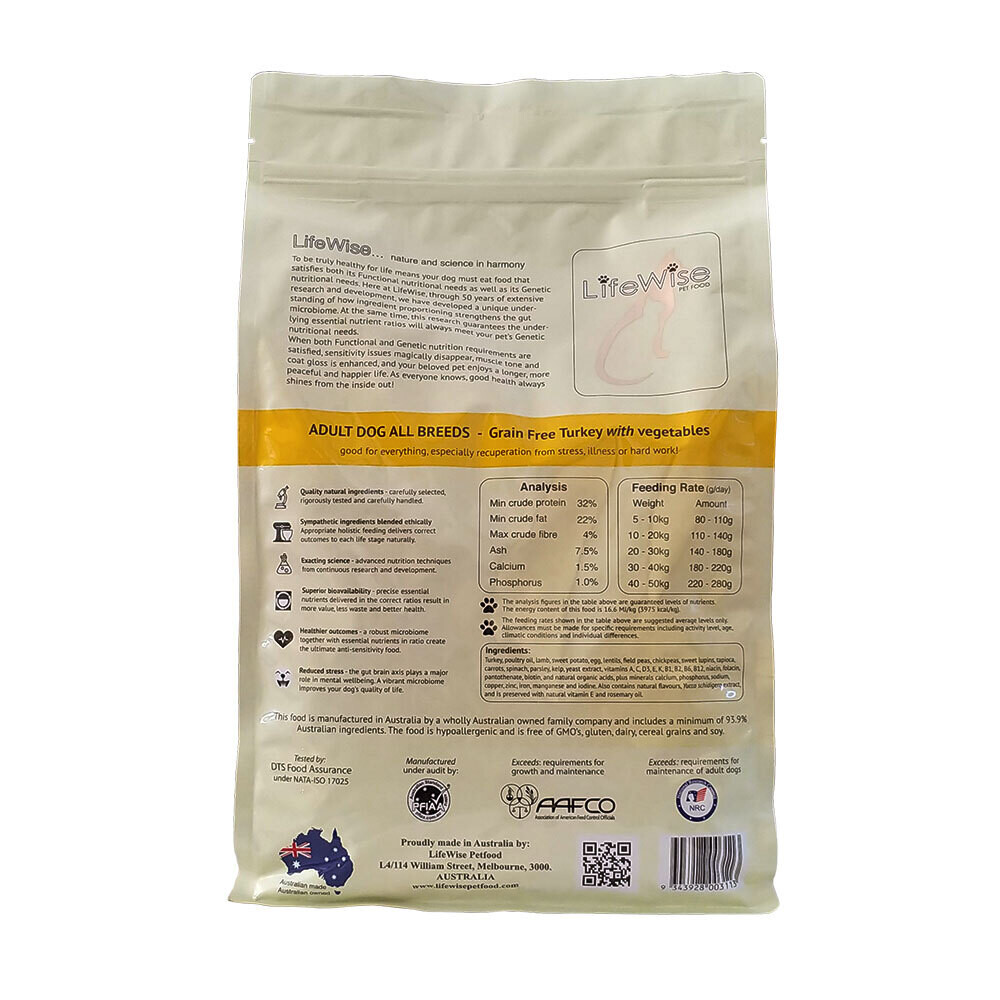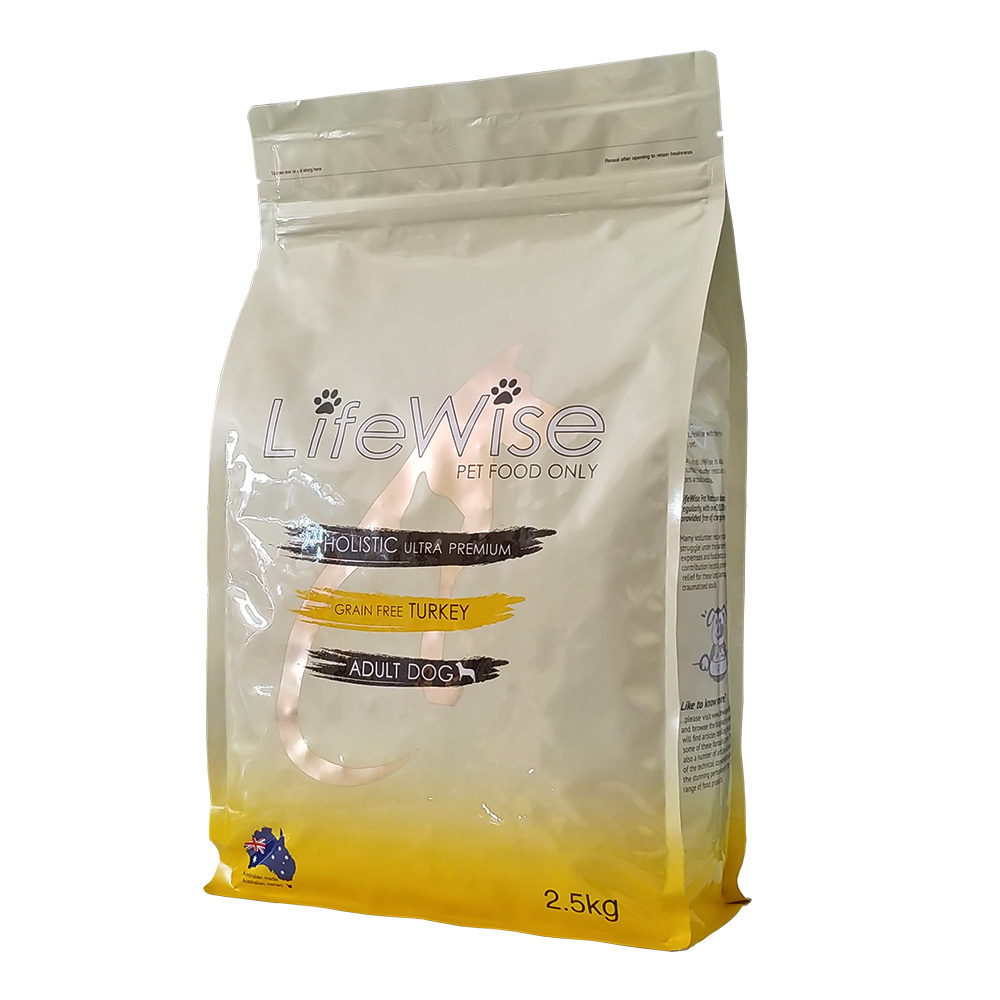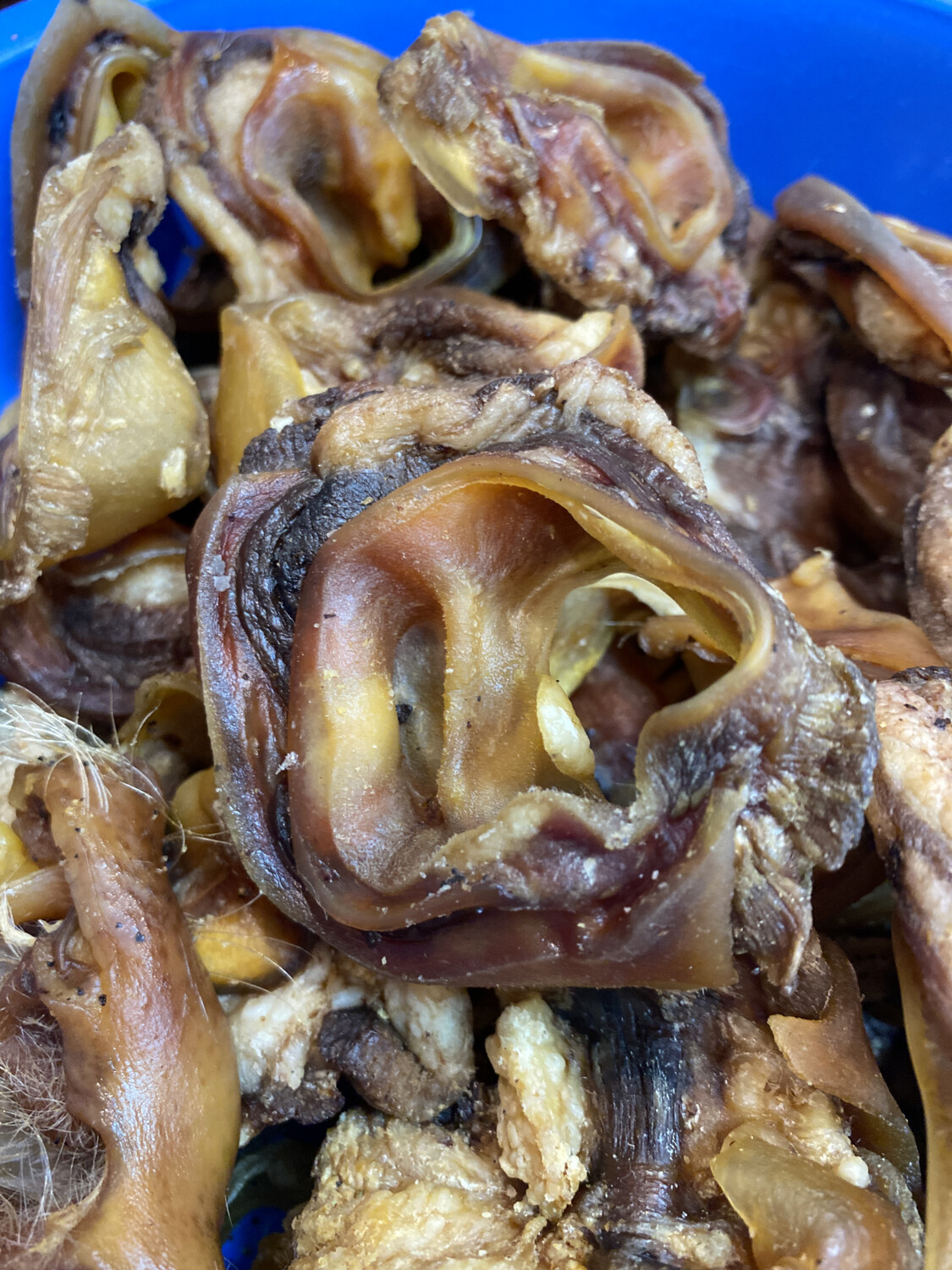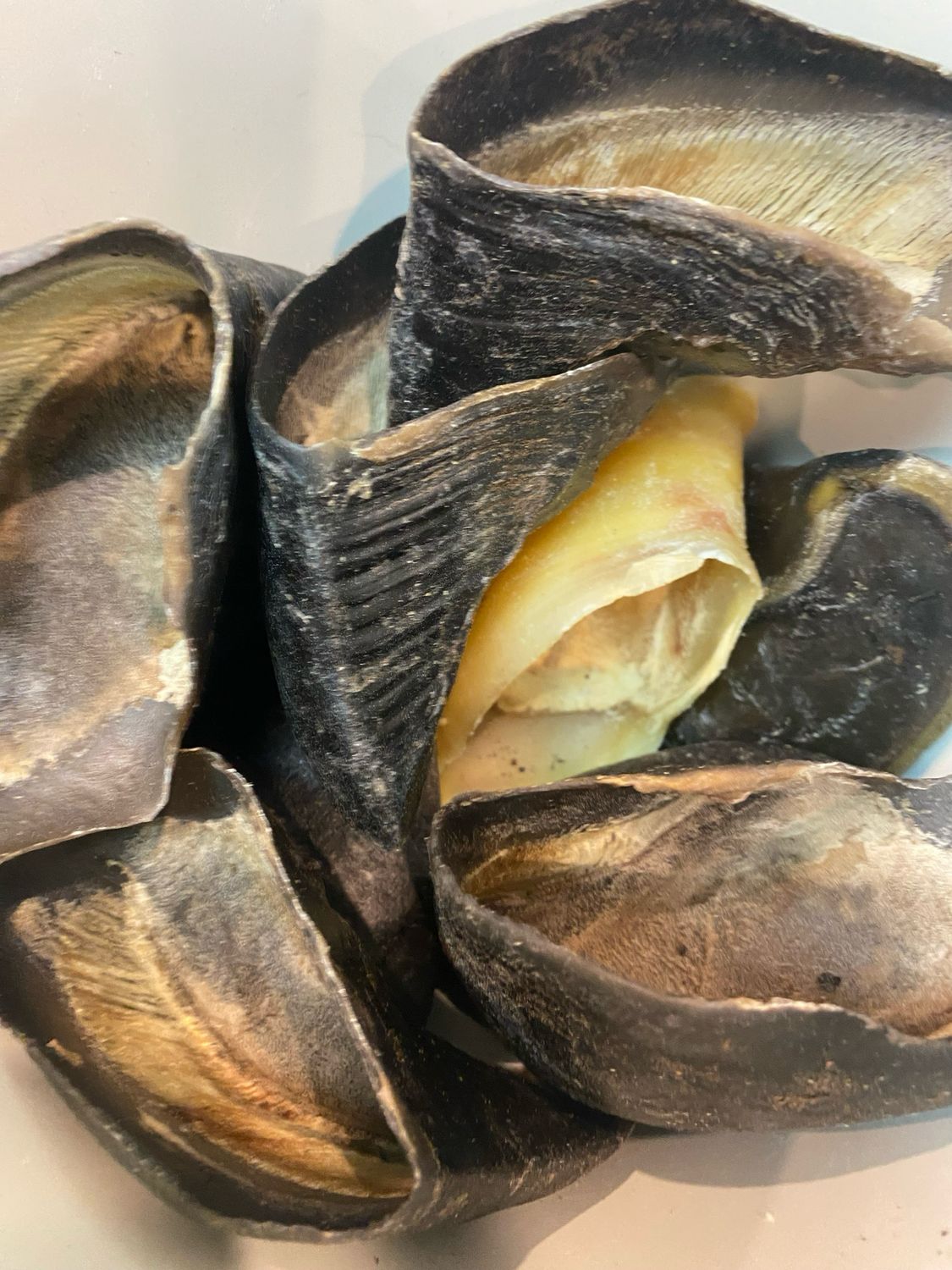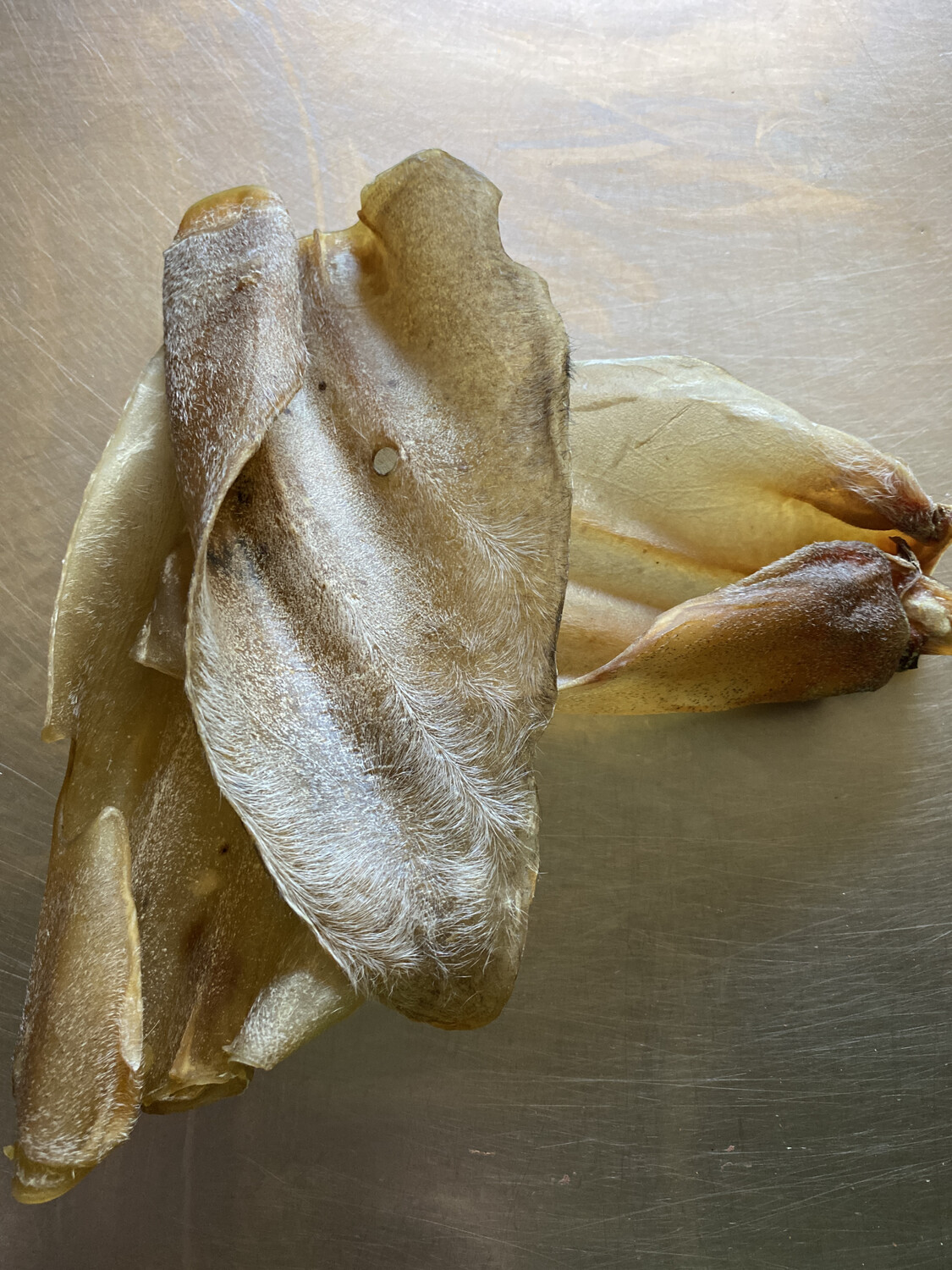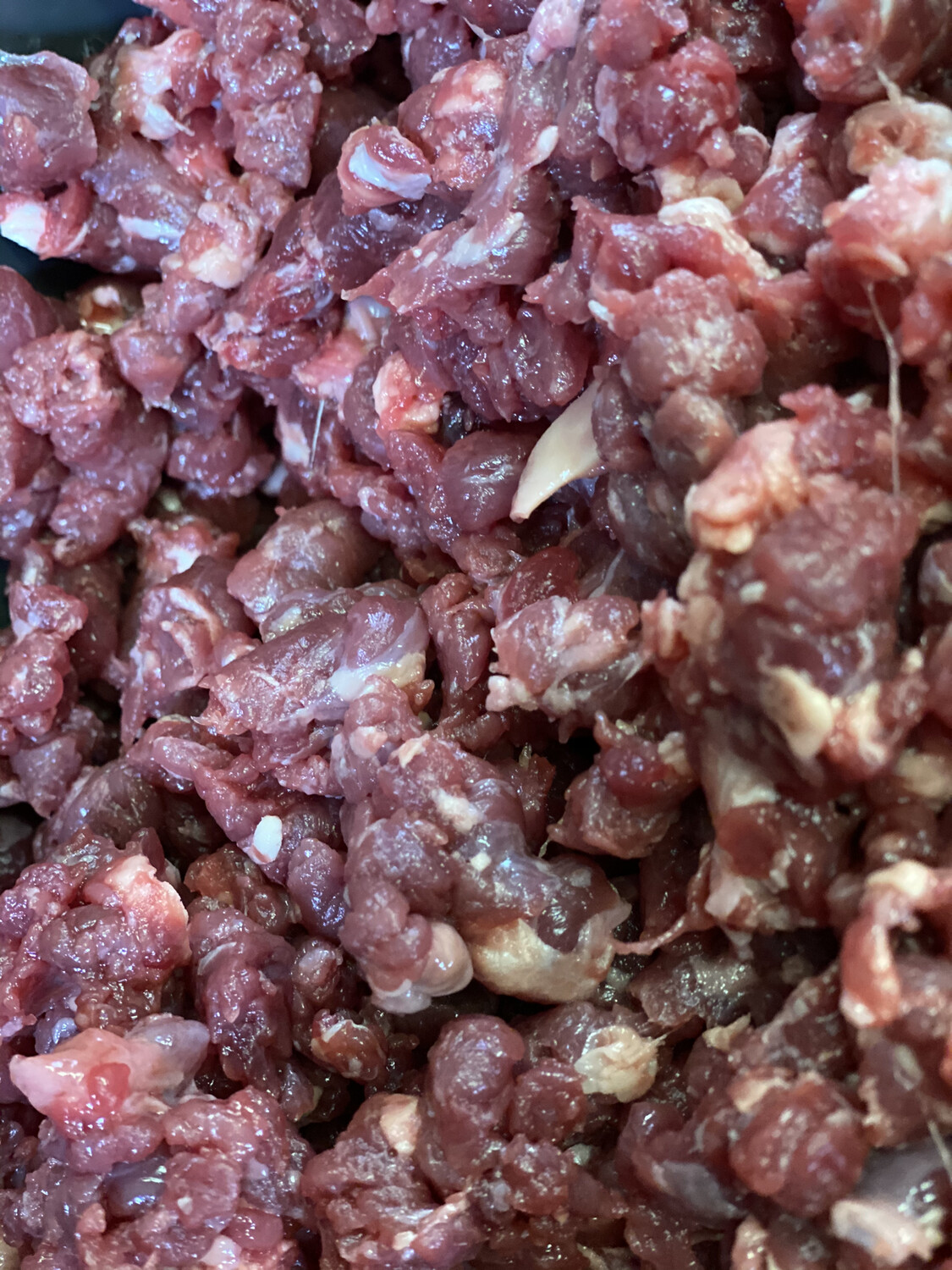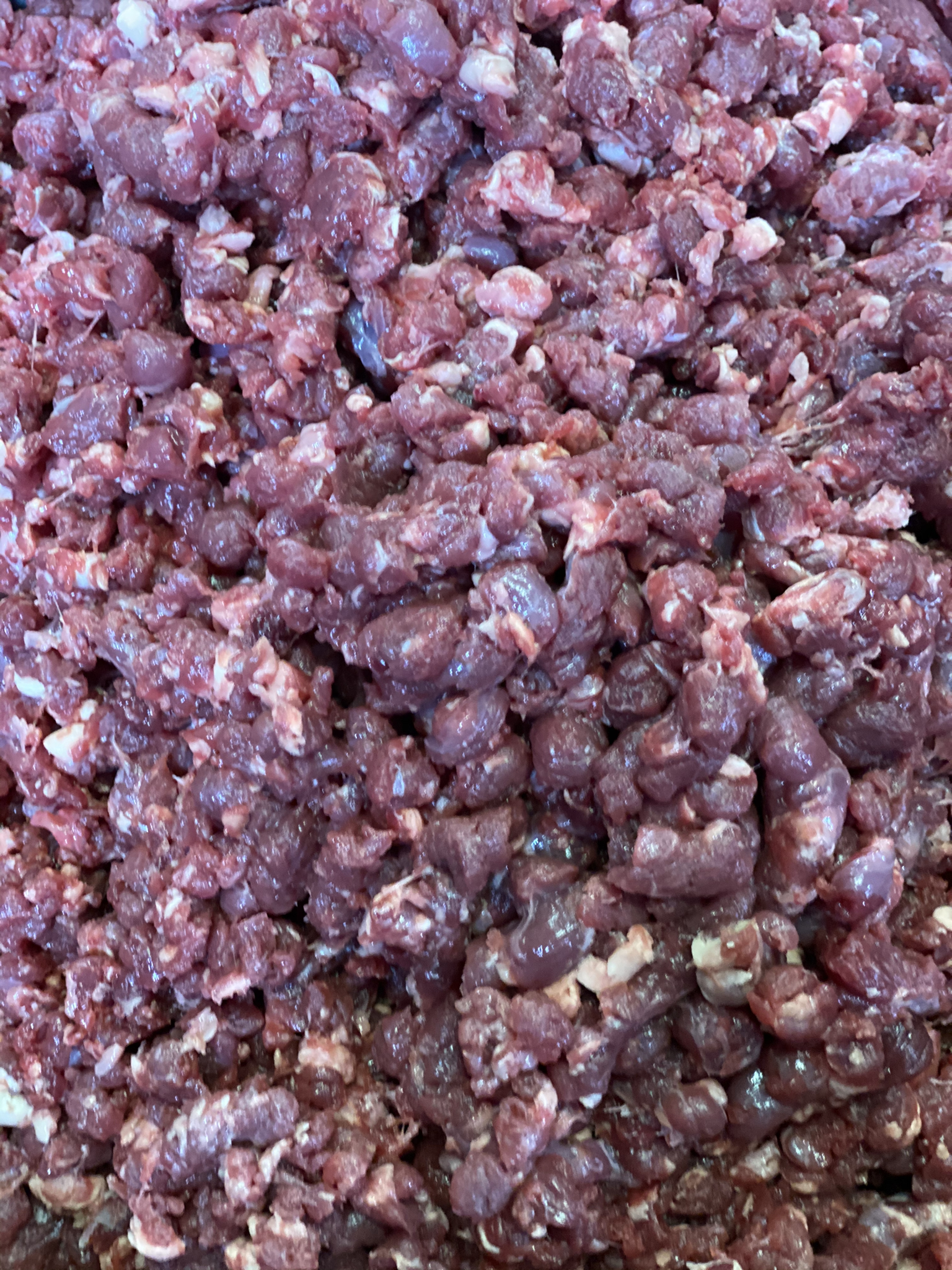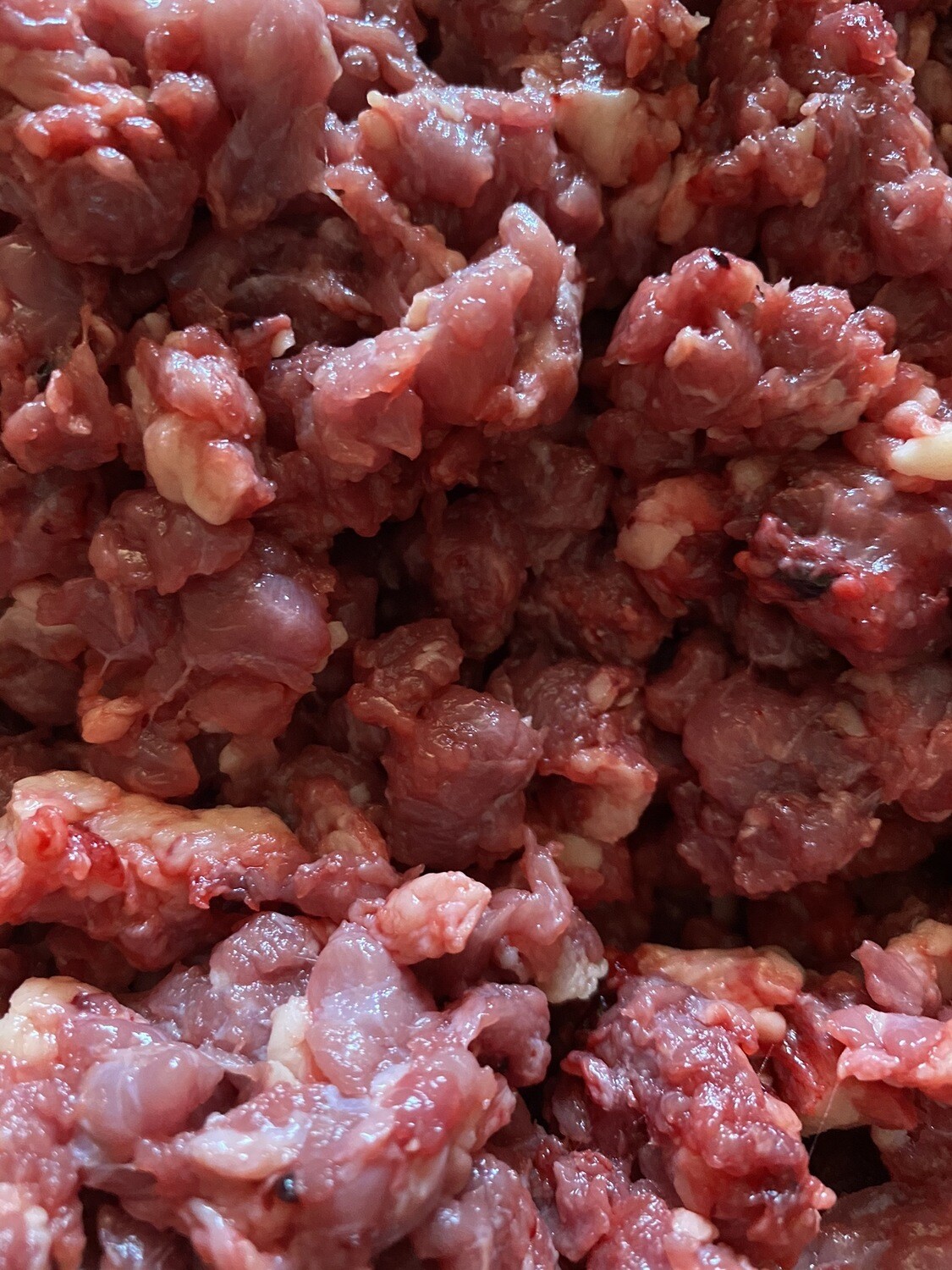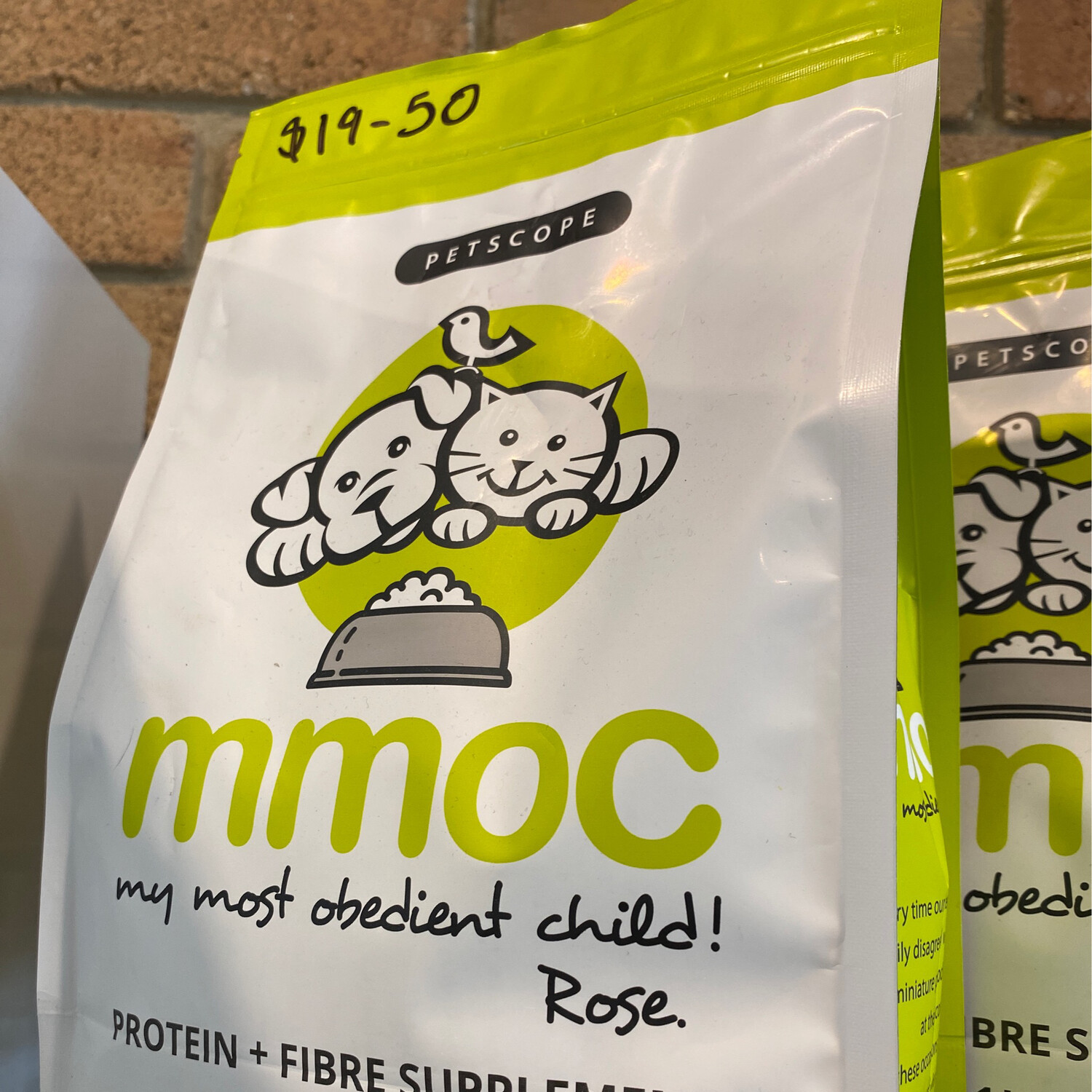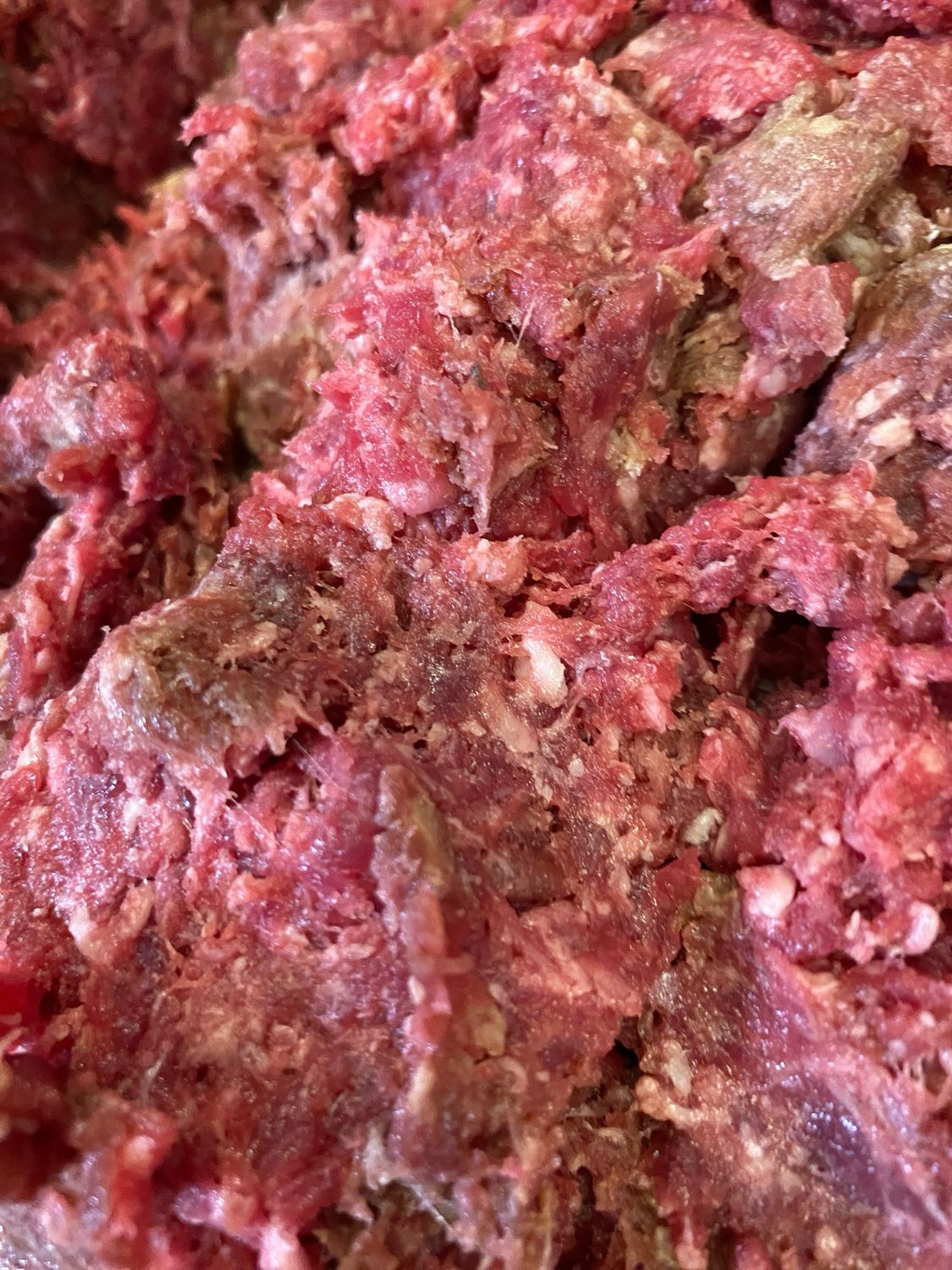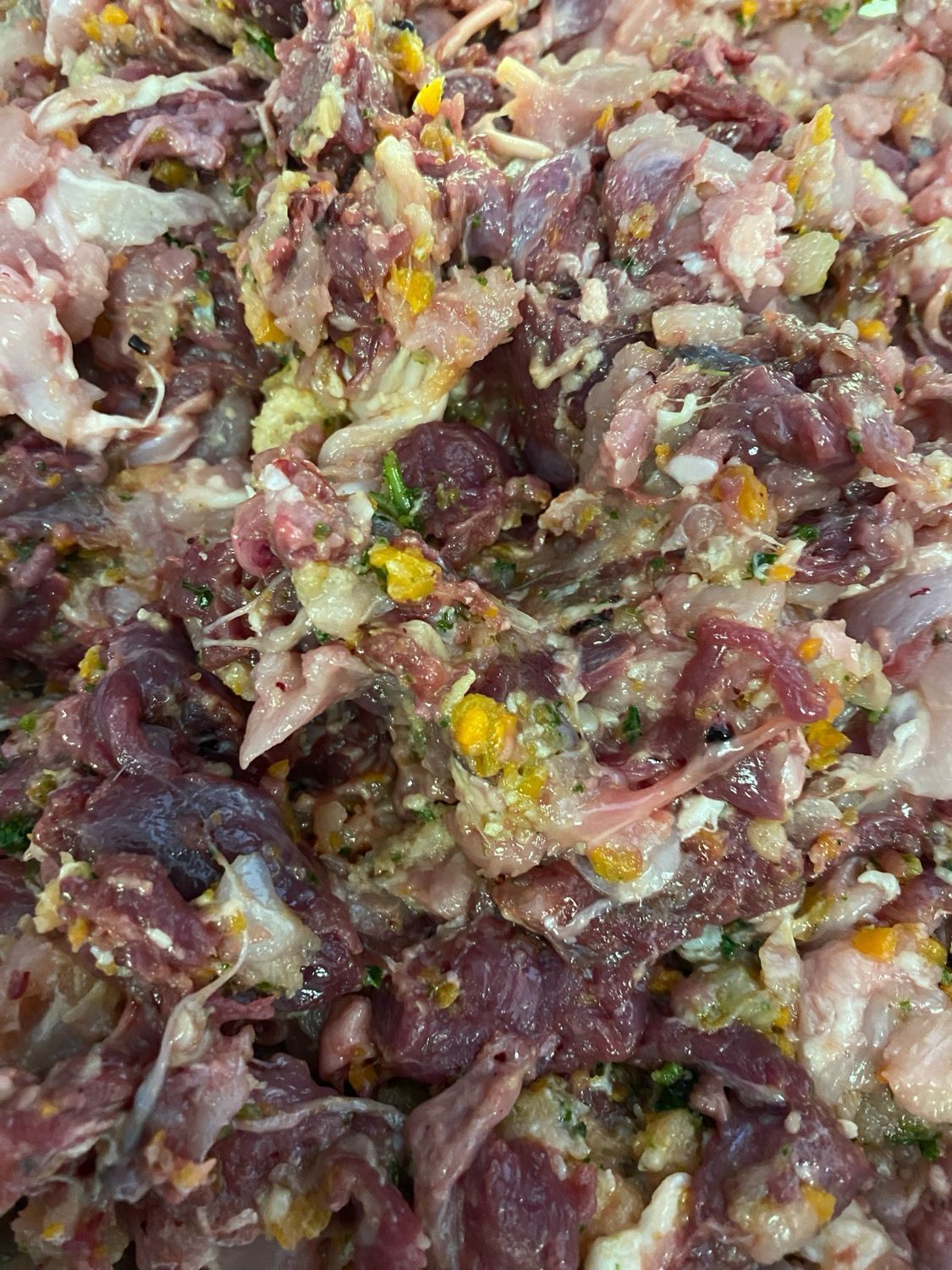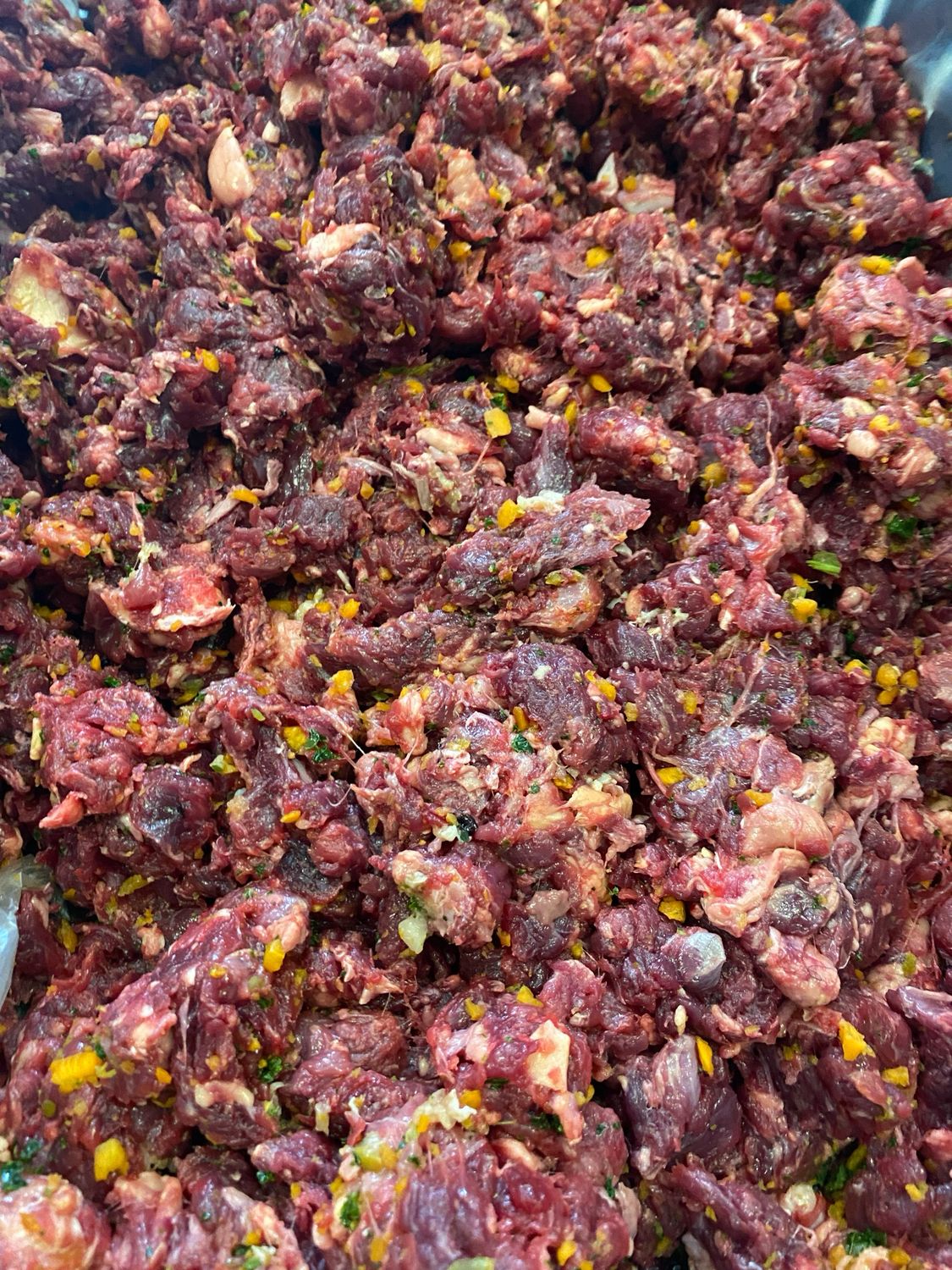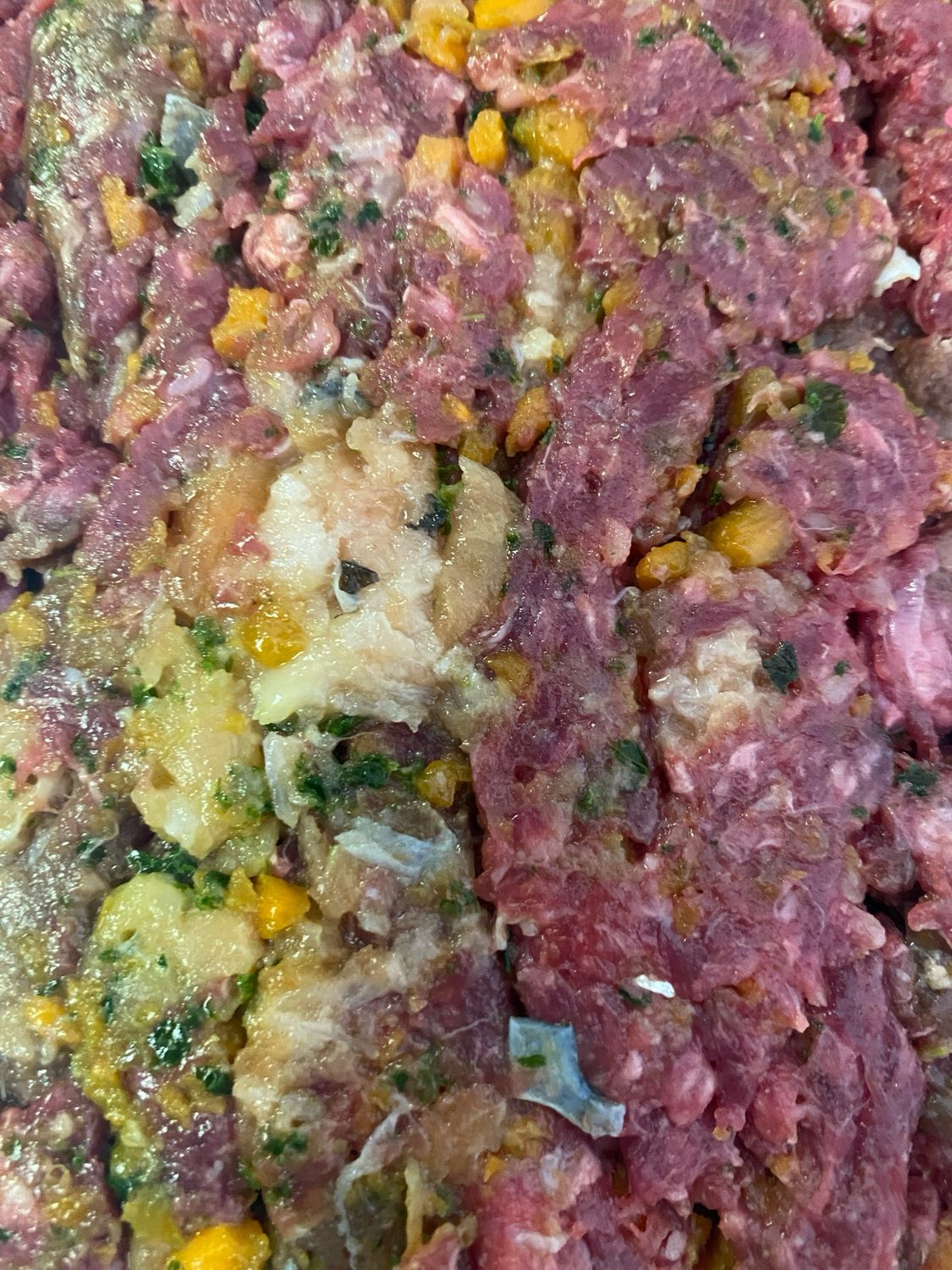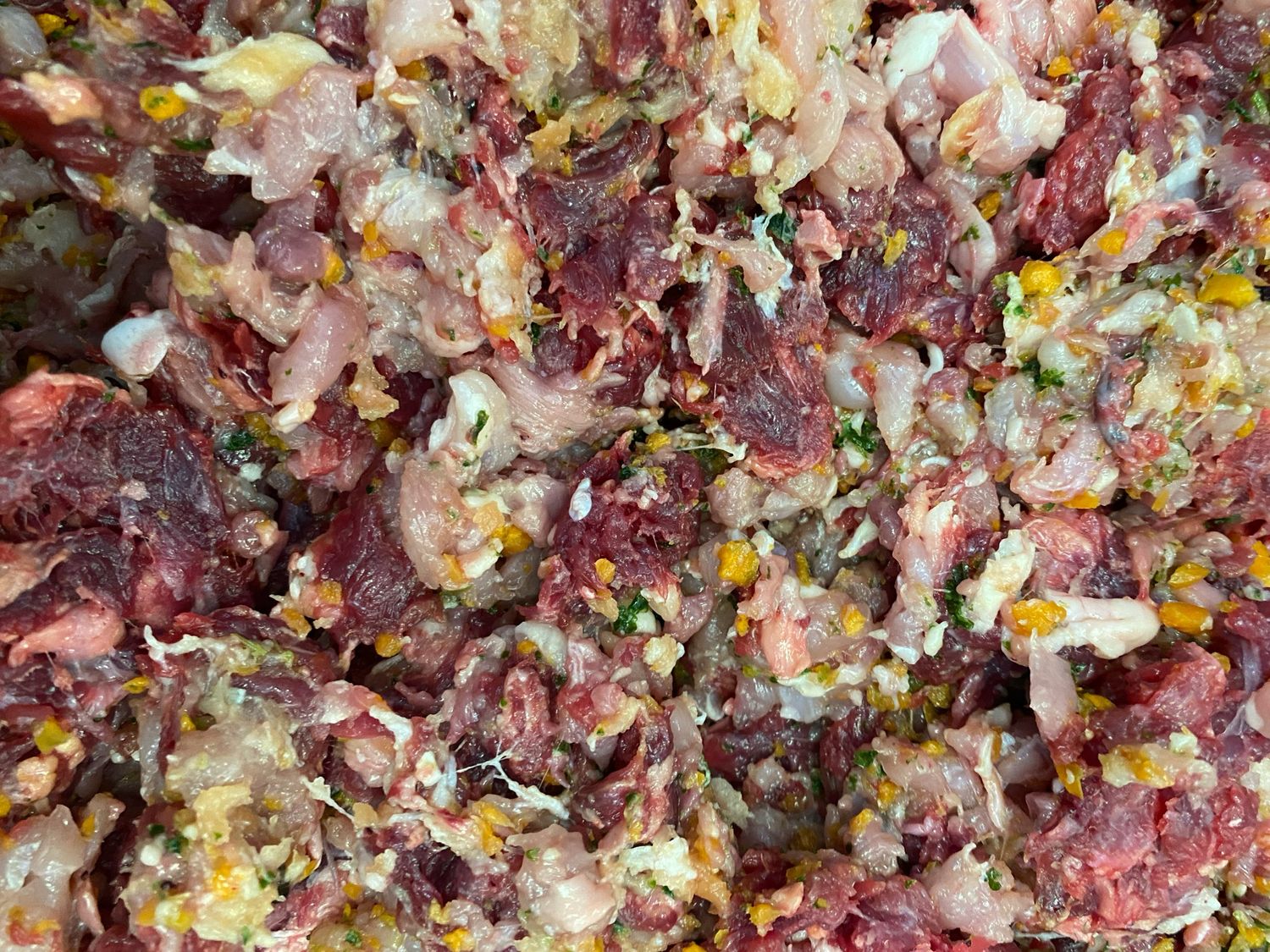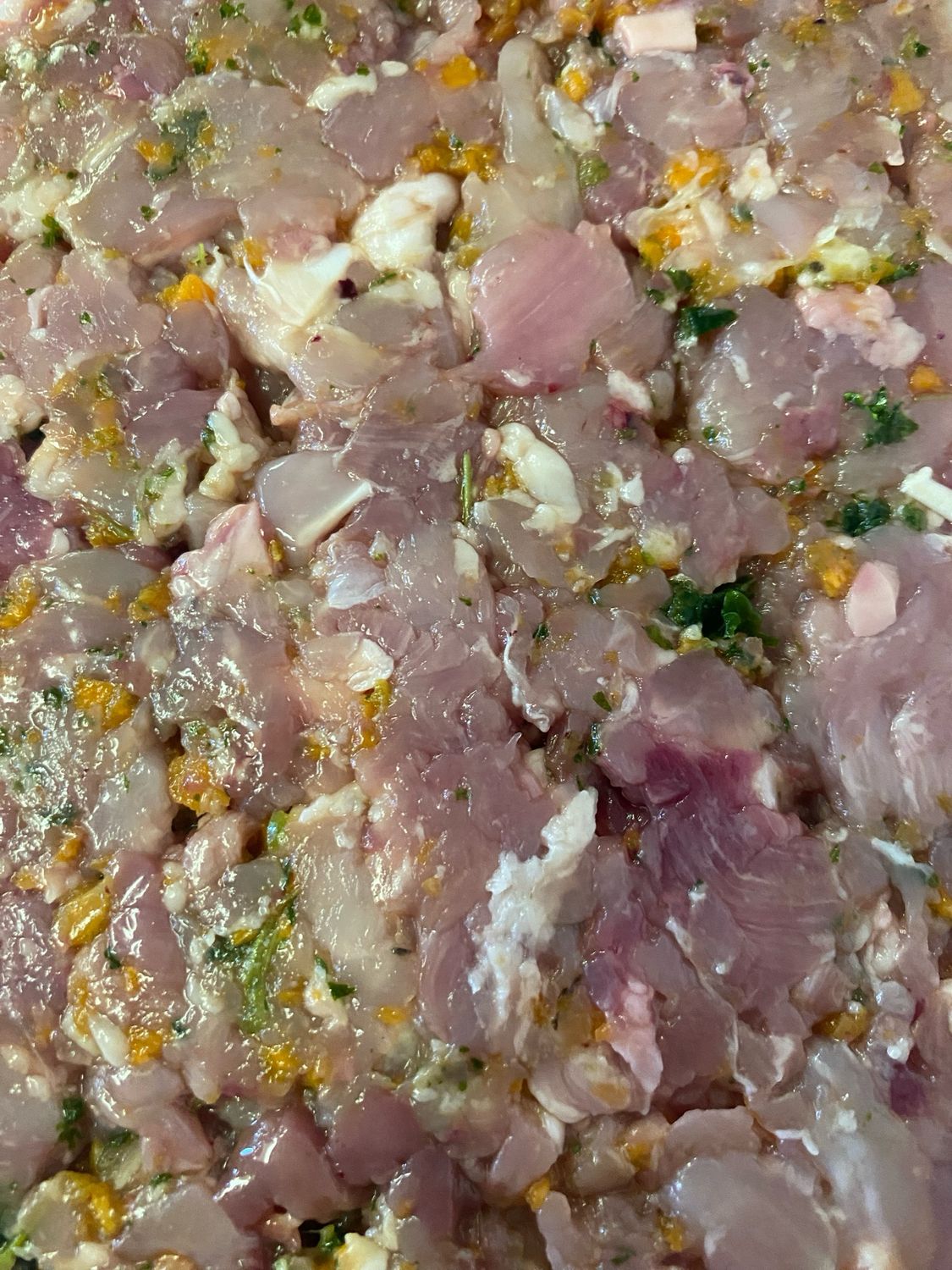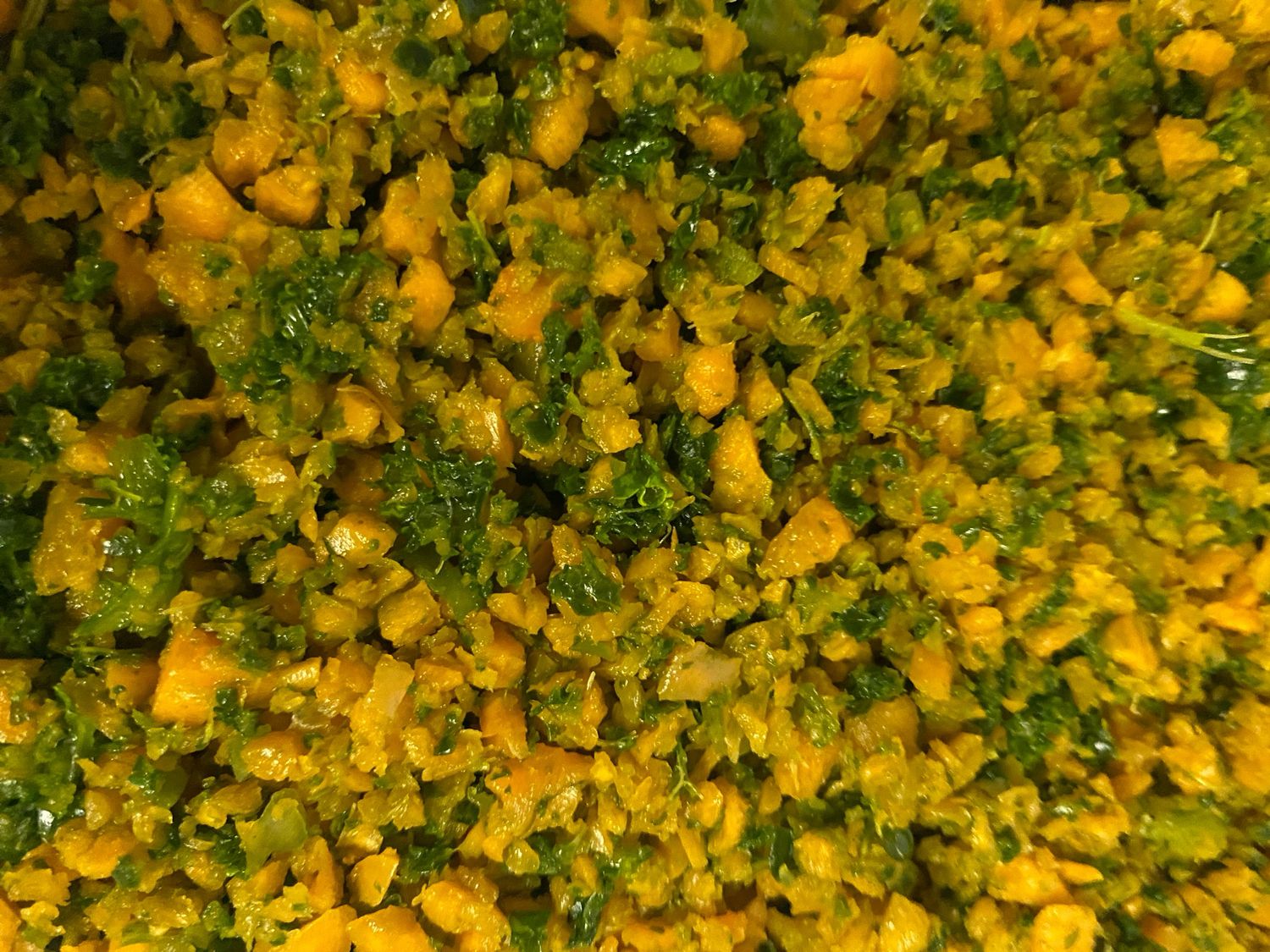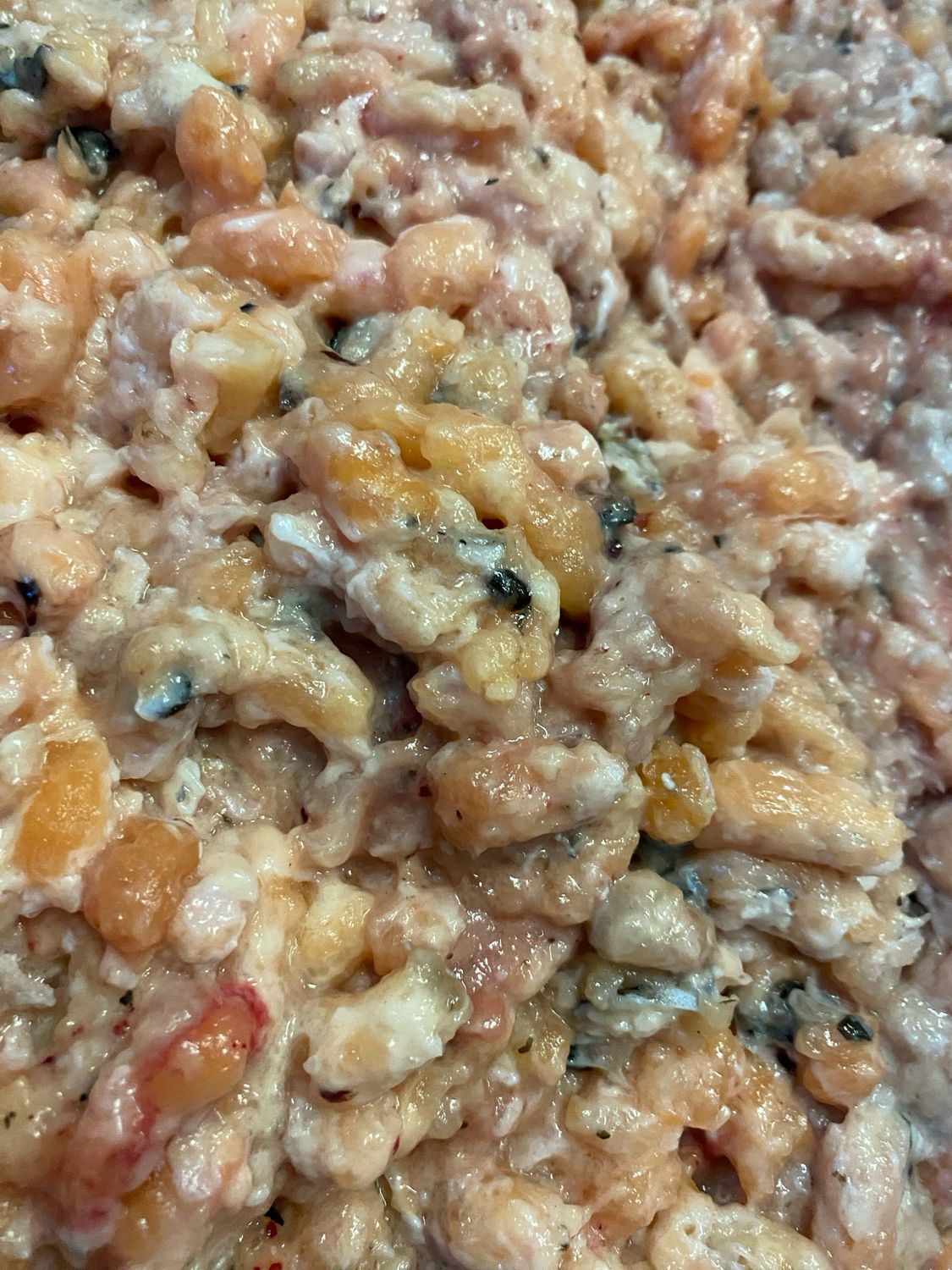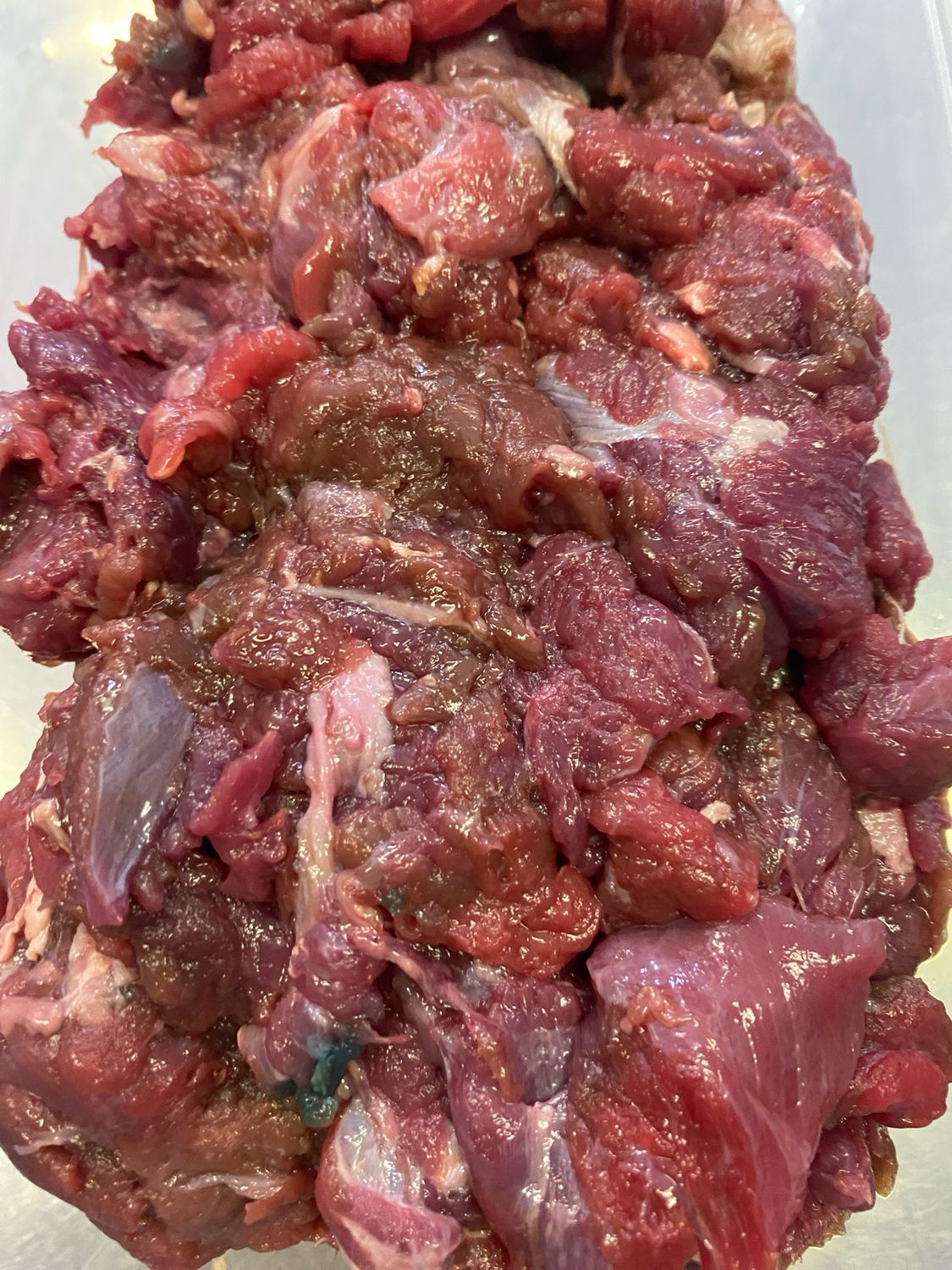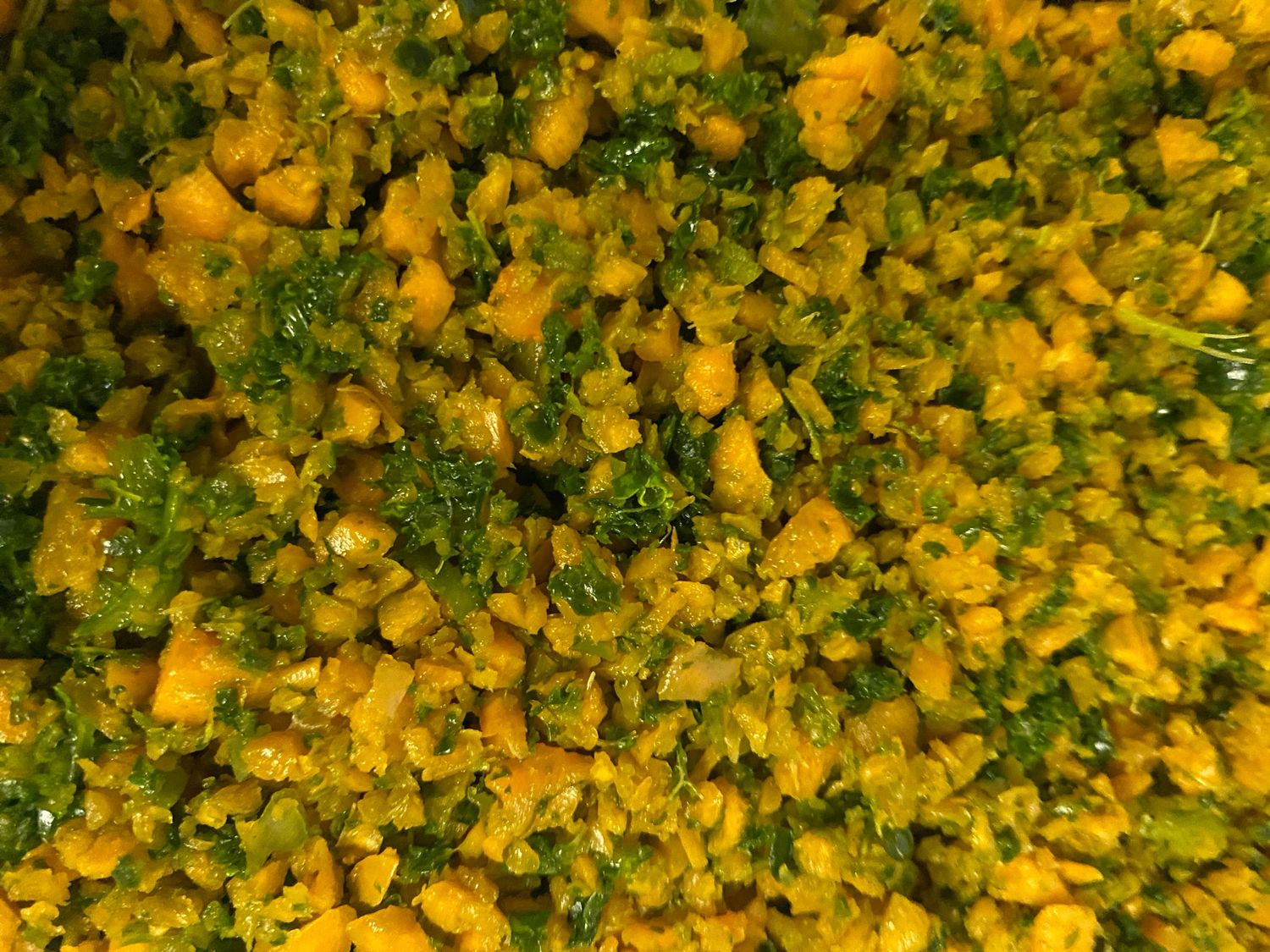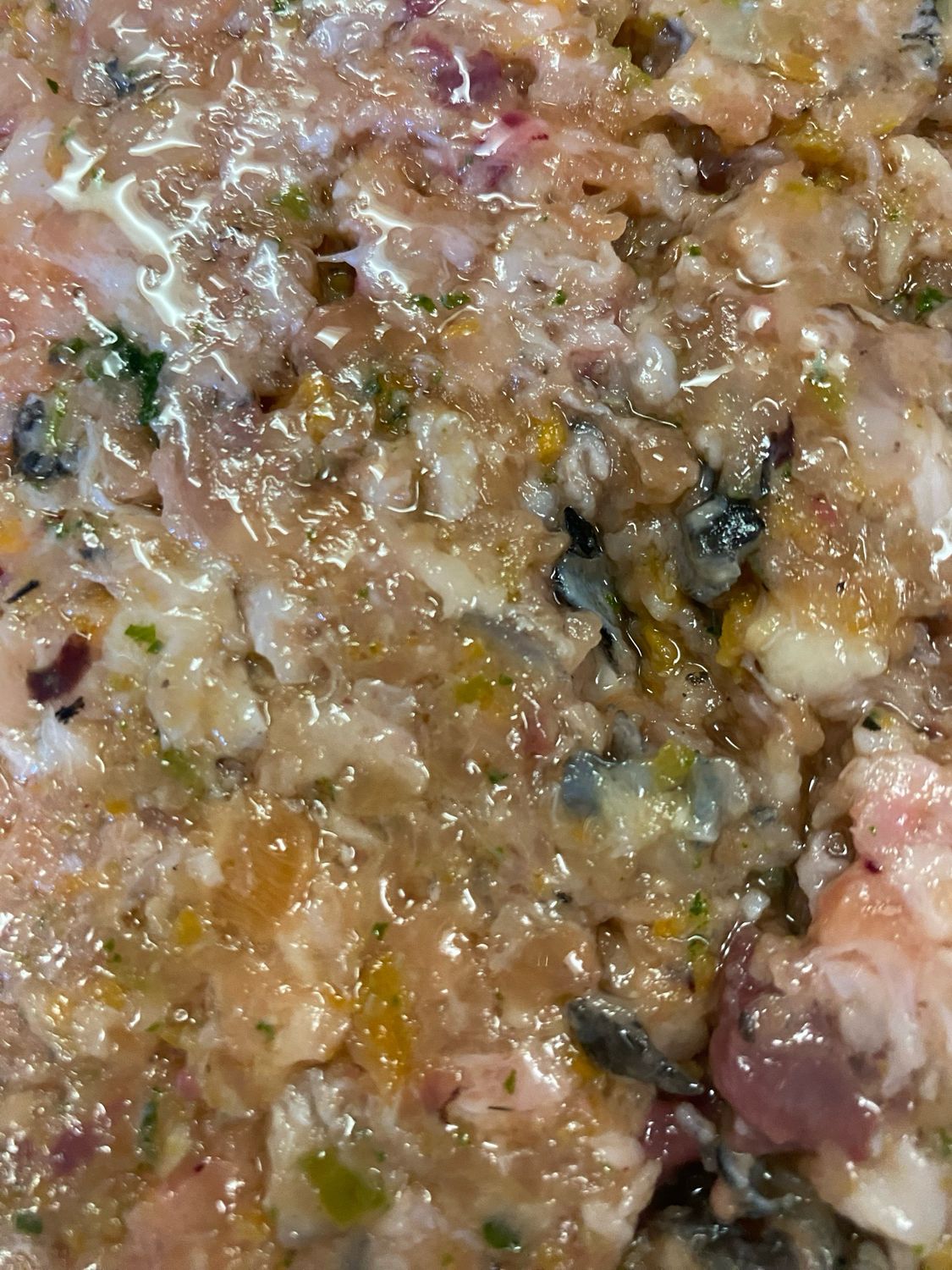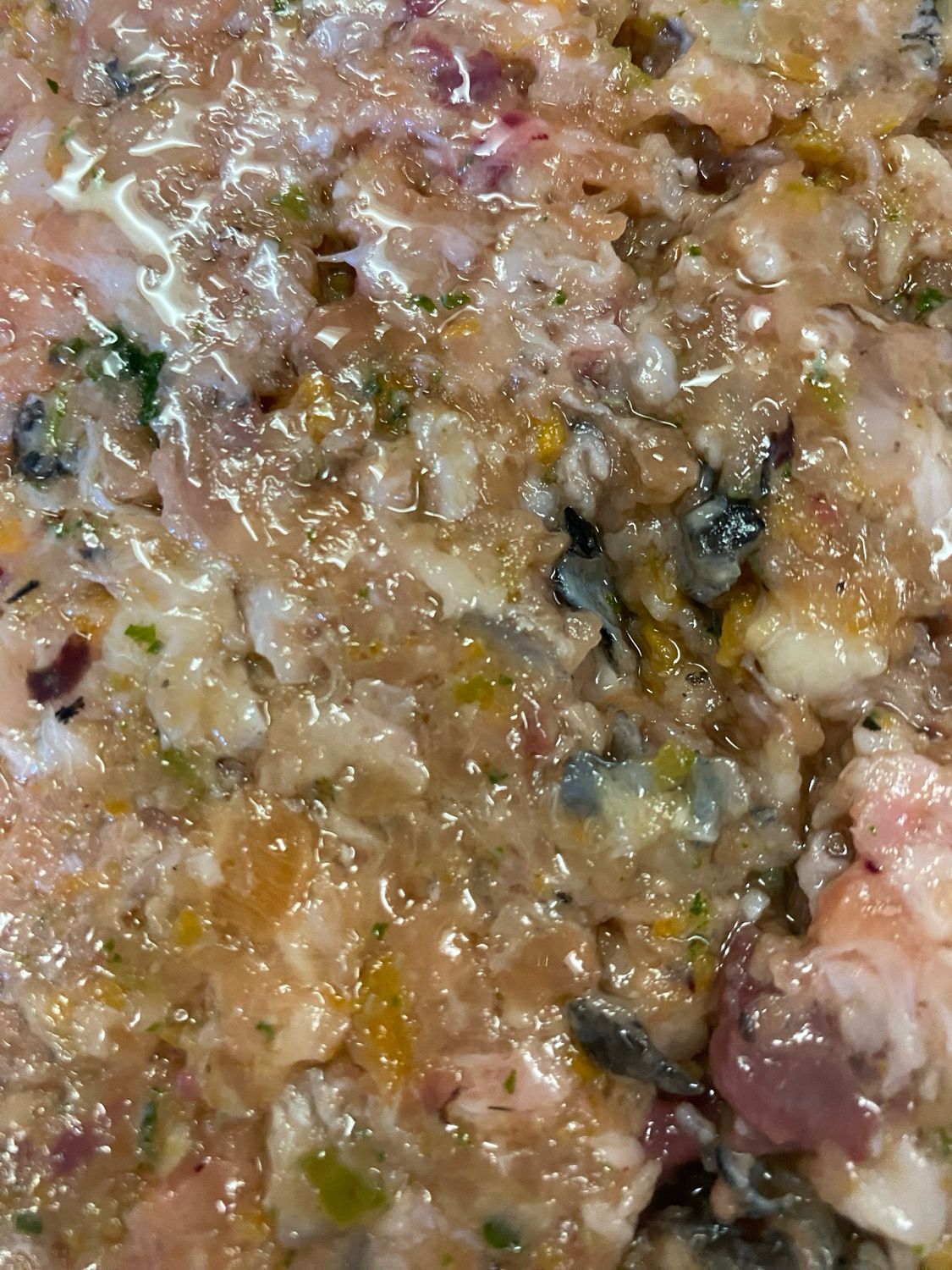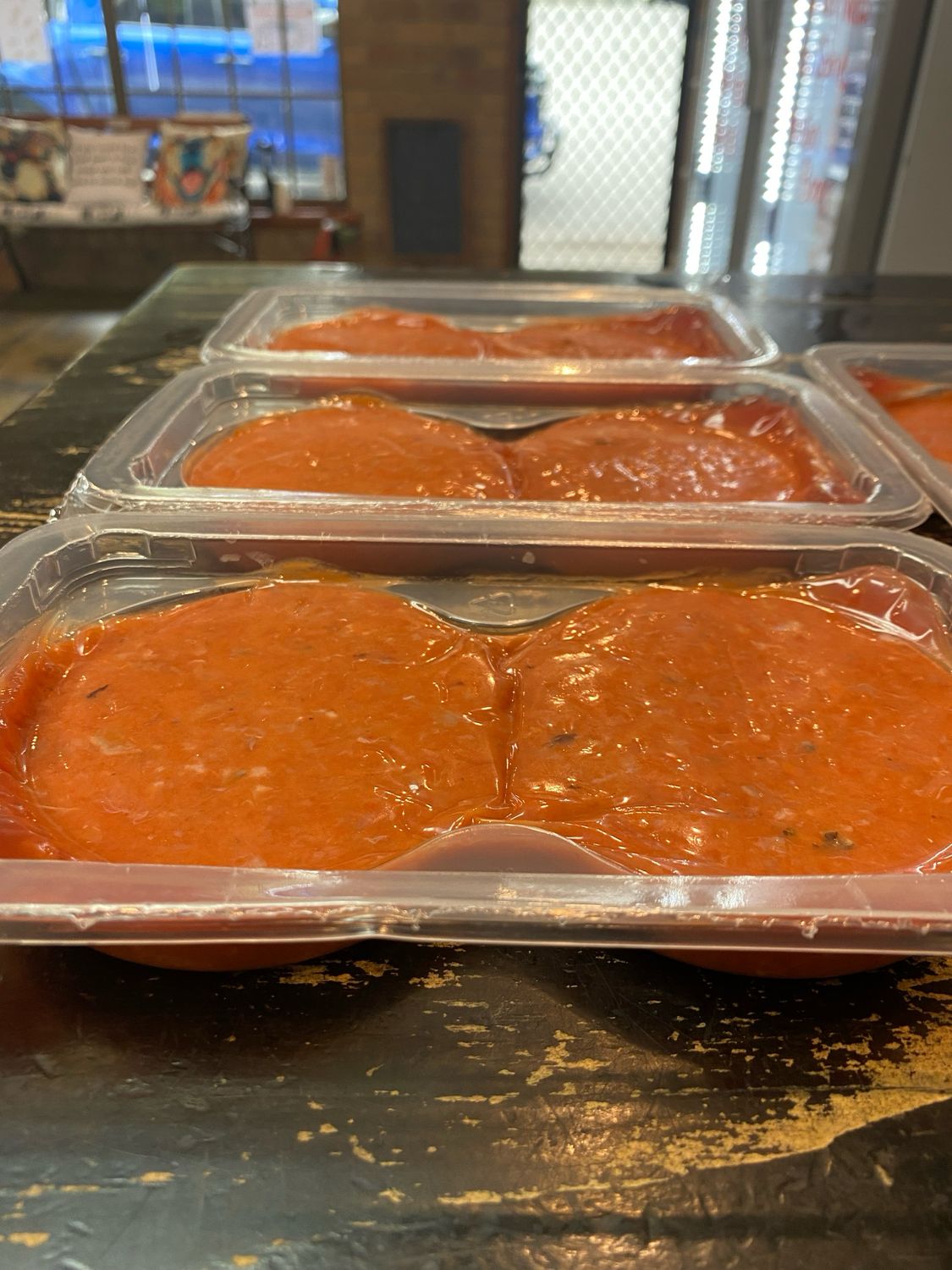Treats made with love.
You can transition at any age. At 4 weeks of age, a puppy is ready to progress from their mother's milk to more solid food. Ideally, you would not be adopting a puppy before 8 weeks of age, so we recommend your breeder should manage the introduction of solid foods before you feed our diet from 8 weeks of age or older. Many breeders will already be feeding a raw diet before you take your puppy home.
It is best to transition your puppy to a raw diet as soon as their digestive system will allow. You can expect some soft poo as they adjust to the new diet. Provided your fur baby is in good spirits, this should pass in a few days.
If you are already feeding kibble, then it is often best to transition to raw food straight away, rather than mixing them together. Kibble digests very differently to raw food, so letting both food type’s digest together can keep potentially harmful bacteria in the digestive tract for longer. If you want to keep feeding kibble, then we recommend you feed as a separate small meal, rather than mixing them together.
If your puppy has diarrhoea for three or more days, you should either try cooking your raw food or switch to a food that you know agrees with them. You can reintroduce another protein source to get an idea of what is upsetting them. If they show further signs of ill health, such as refusal to eat or lethargy, seek medical advice of your vet.
Healthy & Tasty
No Chemicals
100% Australian Made
No Additives
Treat Number One
It is important to consider the safety of any bones you feed to a small puppy. The size of the bones should always be appropriate for them to chew safely, without swallowing pieces too big for them.
In a minced recipe, the bones should be so finely ground that they can eat them mixed in with their normal meal. Otherwise, they should be big enough that they only shave off small pieces as they work their jaws. You should be especially careful with small breeds or greedy eaters for choking hazards.
In order of increasing size, you can feed chicken frames, chicken necks, turkey necks, lamb bones, kangaroo spine, kangaroo tail and
marrow bones. Smaller, finely cut bones can be fed daily, while chewing bones should be given no more than twice per week. We suggest you monitor and supervise chewing, feeding less if they become constipated.
Treat Number Two
It is important to consider the safety of any bones you feed to a small puppy. The size of the bones should always be appropriate for them to chew safely, without swallowing pieces too big for them.
In a minced recipe, the bones should be so finely ground that they can eat them mixed in with their normal meal. Otherwise, they should be big enough that they only shave off small pieces as they work their jaws. You should be especially careful with small breeds or greedy eaters for choking hazards.
In order of increasing size, you can feed chicken frames, chicken necks, turkey necks, lamb bones, kangaroo spine, kangaroo tail and
marrow bones. Smaller, finely cut bones can be fed daily, while chewing bones should be given no more than twice per week. We suggest you monitor and supervise chewing, feeding less if they become constipated.
Treat Number Three
It is important to consider the safety of any bones you feed to a small puppy. The size of the bones should always be appropriate for them to chew safely, without swallowing pieces too big for them.
In a minced recipe, the bones should be so finely ground that they can eat them mixed in with their normal meal. Otherwise, they should be big enough that they only shave off small pieces as they work their jaws. You should be especially careful with small breeds or greedy eaters for choking hazards.
In order of increasing size, you can feed chicken frames, chicken necks, turkey necks, lamb bones, kangaroo spine, kangaroo tail and
marrow bones. Smaller, finely cut bones can be fed daily, while chewing bones should be given no more than twice per week. We suggest you monitor and supervise chewing, feeding less if they become constipated.
Treat Number Four
It is important to consider the safety of any bones you feed to a small puppy. The size of the bones should always be appropriate for them to chew safely, without swallowing pieces too big for them.
In a minced recipe, the bones should be so finely ground that they can eat them mixed in with their normal meal. Otherwise, they should be big enough that they only shave off small pieces as they work their jaws. You should be especially careful with small breeds or greedy eaters for choking hazards.
In order of increasing size, you can feed chicken frames, chicken necks, turkey necks, lamb bones, kangaroo spine, kangaroo tail and
marrow bones. Smaller, finely cut bones can be fed daily, while chewing bones should be given no more than twice per week. We suggest you monitor and supervise chewing, feeding less if they become constipated.
Check out all our treats!
What should I feed my puppy?
For a healthy, growing puppy, we recommend Buddy’s Bites BARF (Beef or Chicken). This recipe is suitable for all life stages of life, including for large breeds. It has been specially formulated following the BARF food guidelines.
Puppies will eat similar raw ingredients to adult dog food. However, the nutrient ratios will change with their requirements as they grow.
Useful links
Subscribe to our newsletter
Join the Newsletter
We will get back to you as soon as possible
Please try again later
All Rights Reserved | Buddy's Bites | Website by Tex Furkins Promotional

